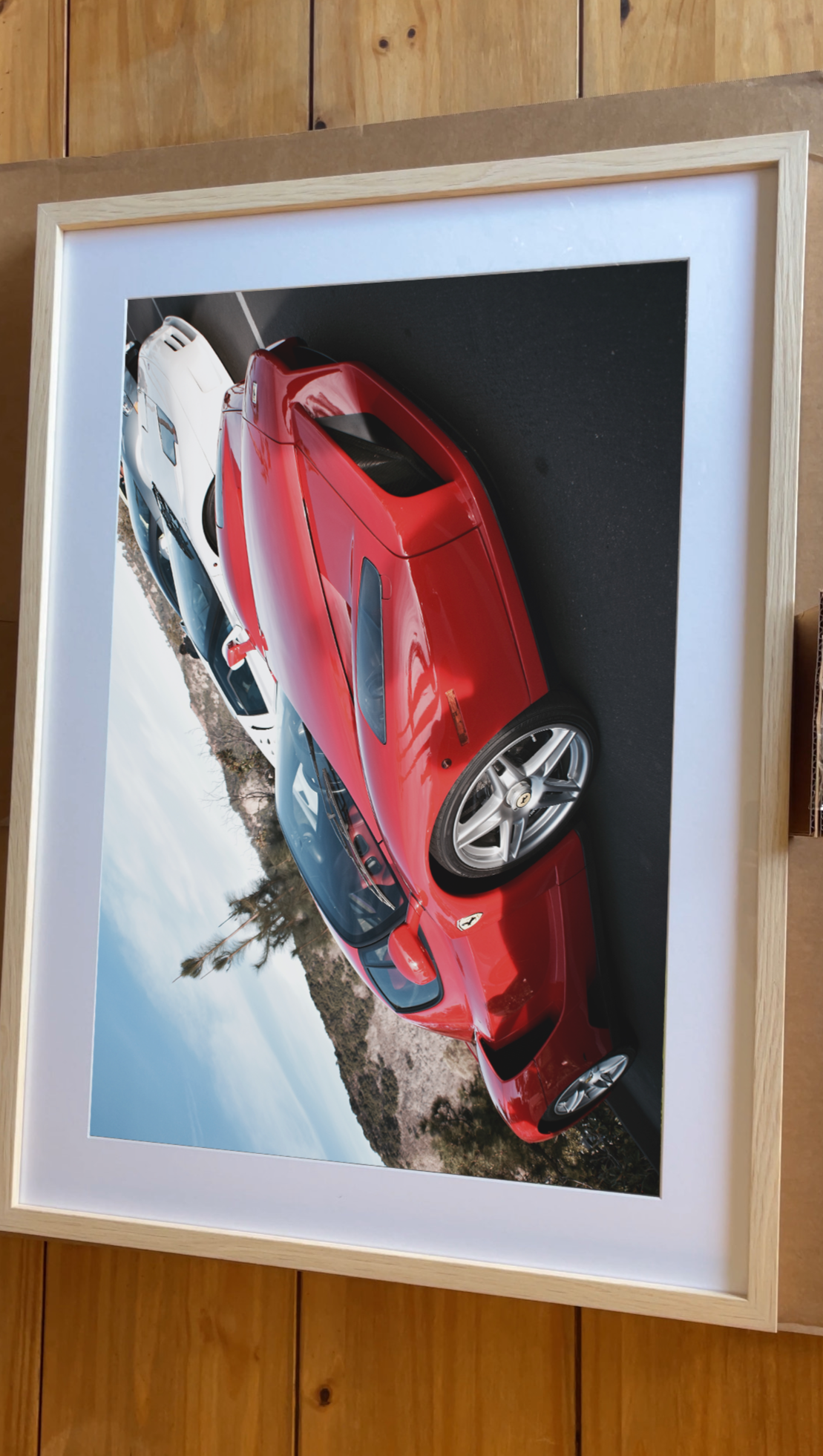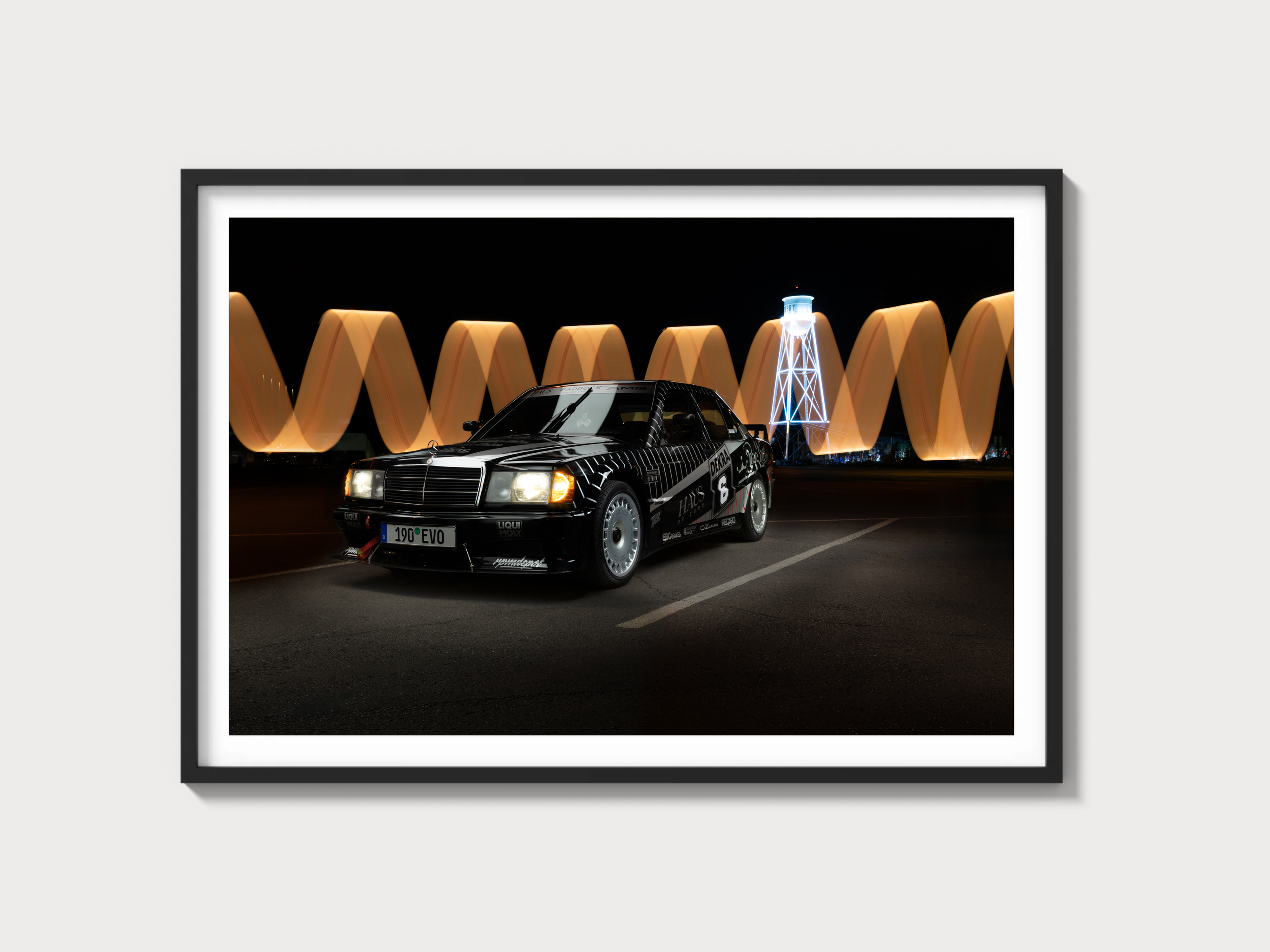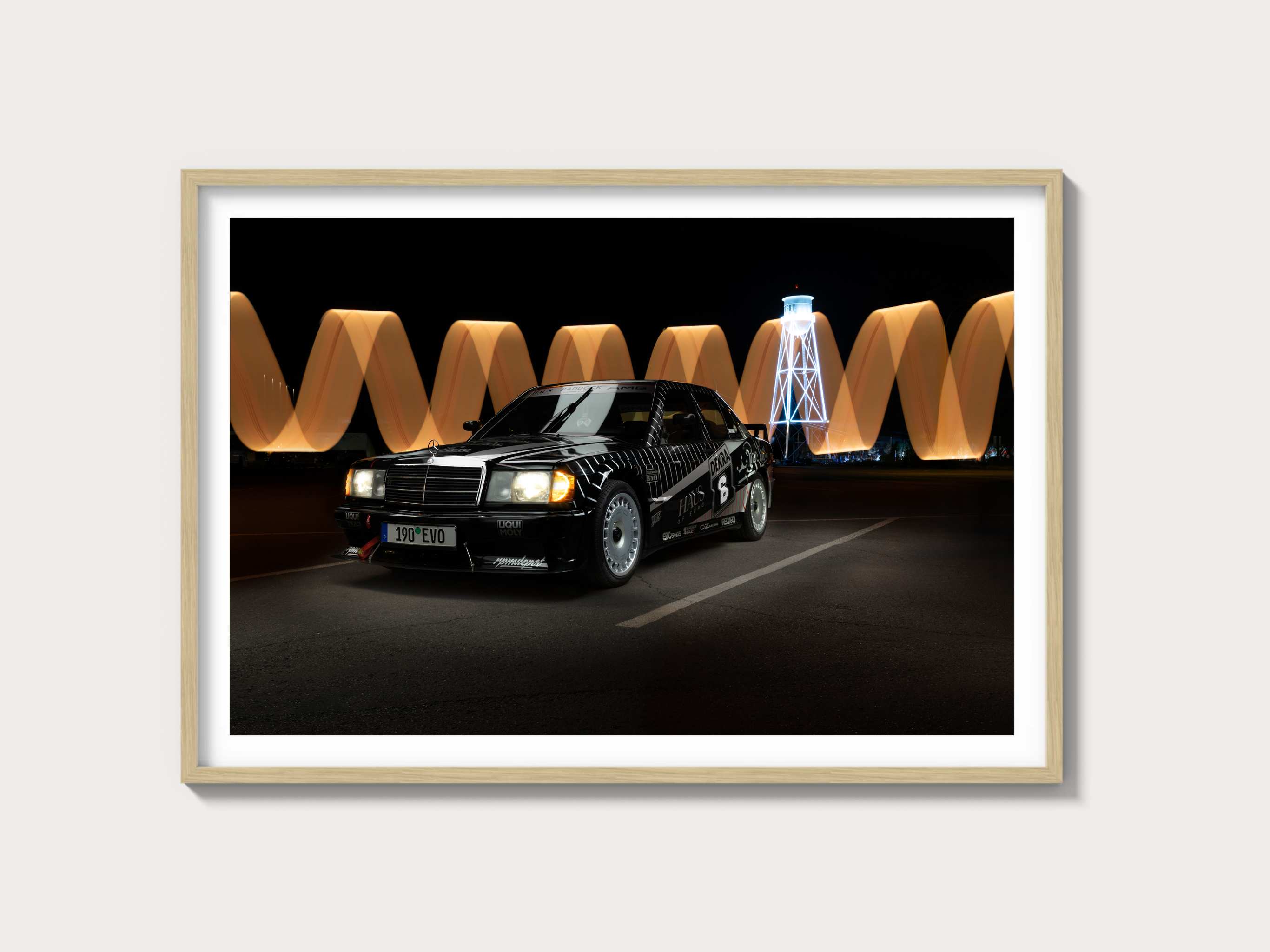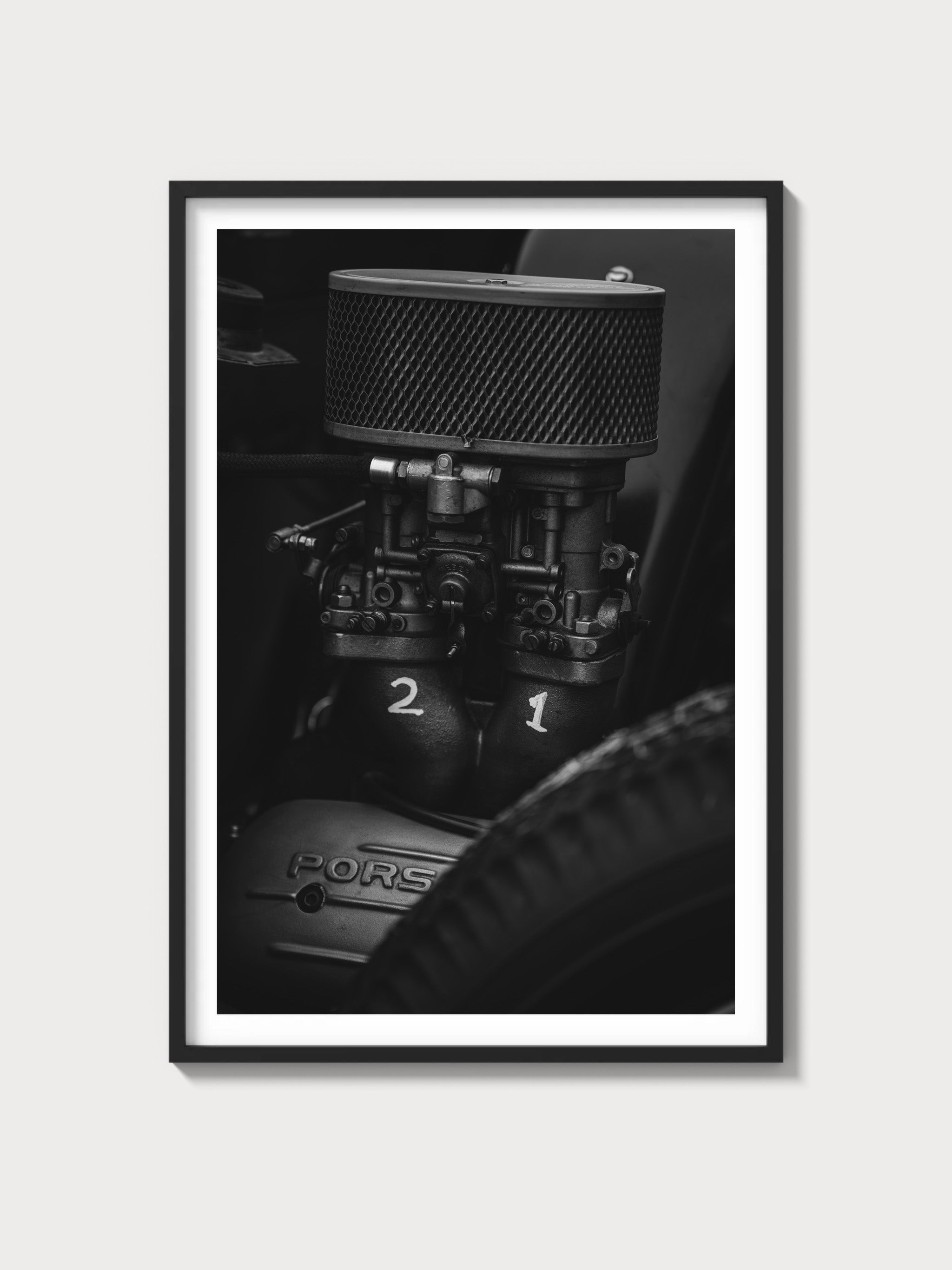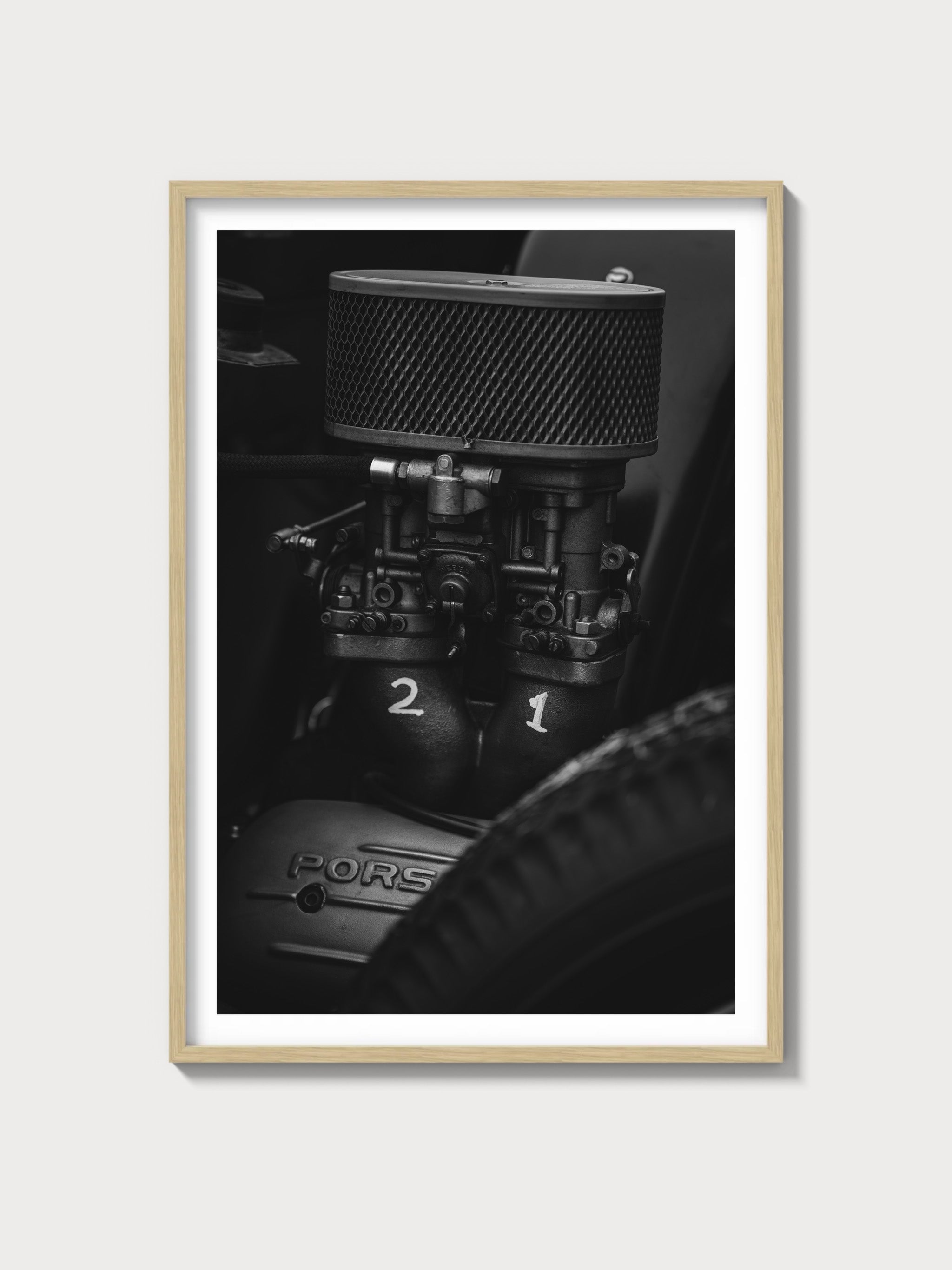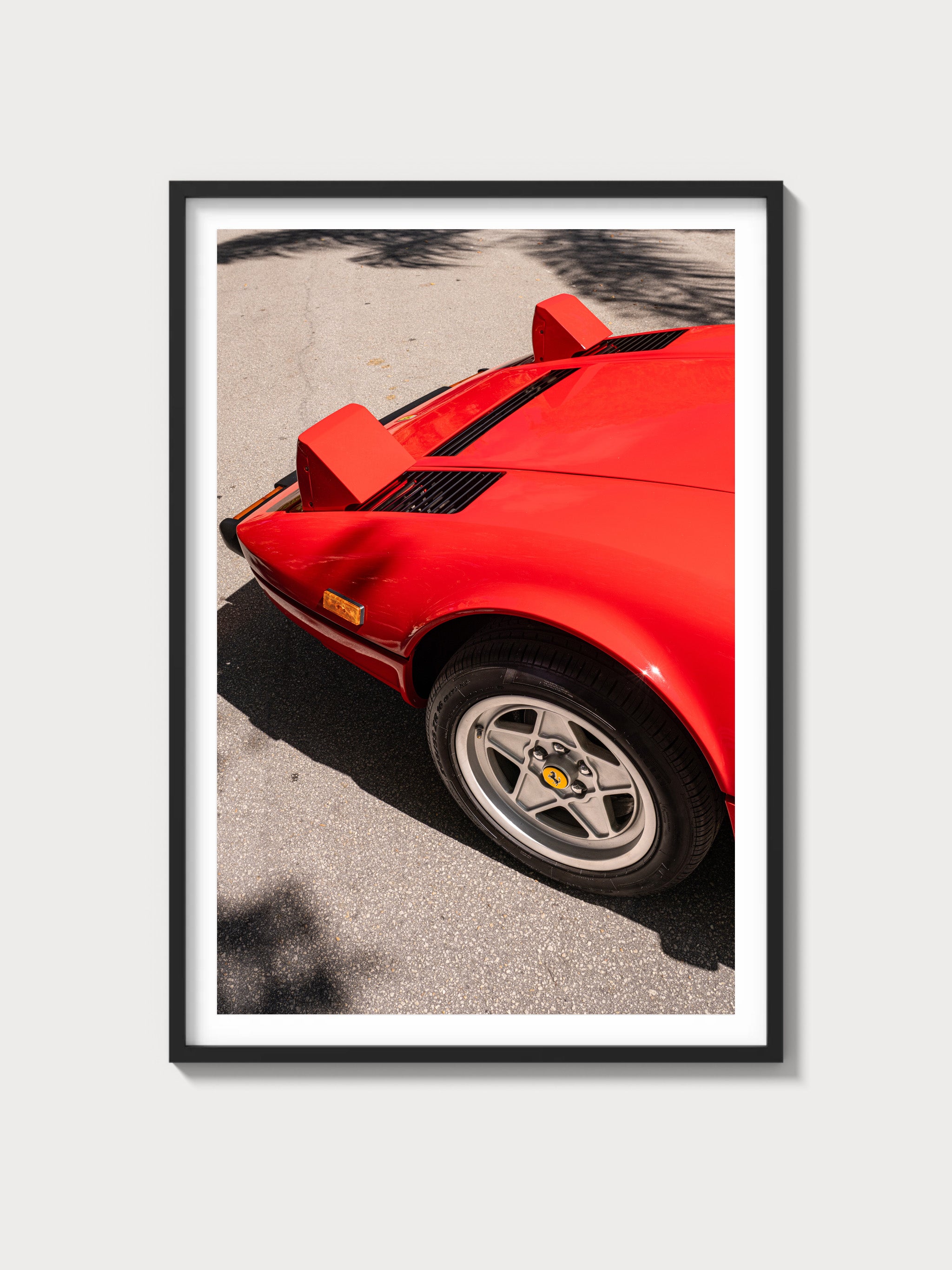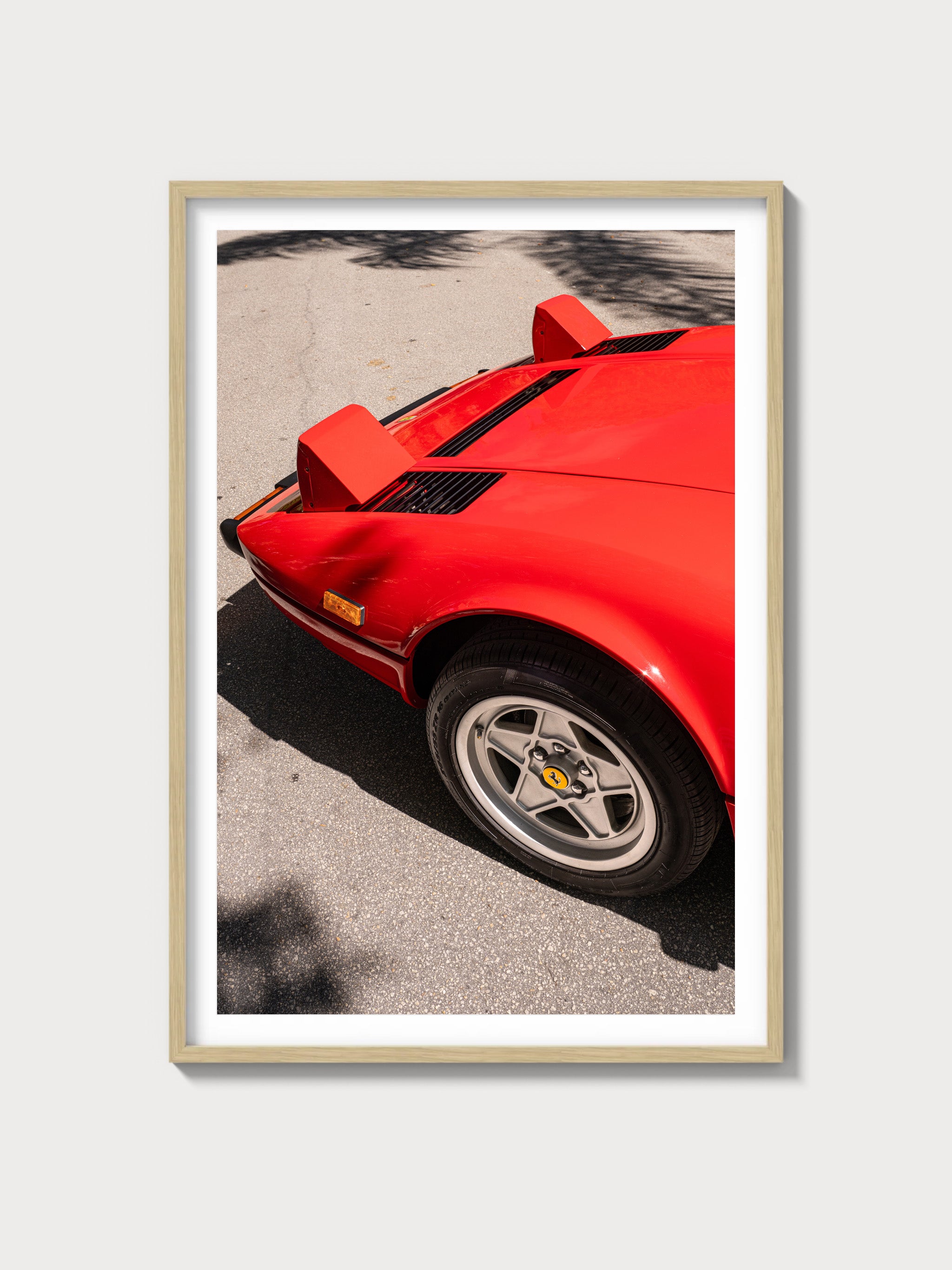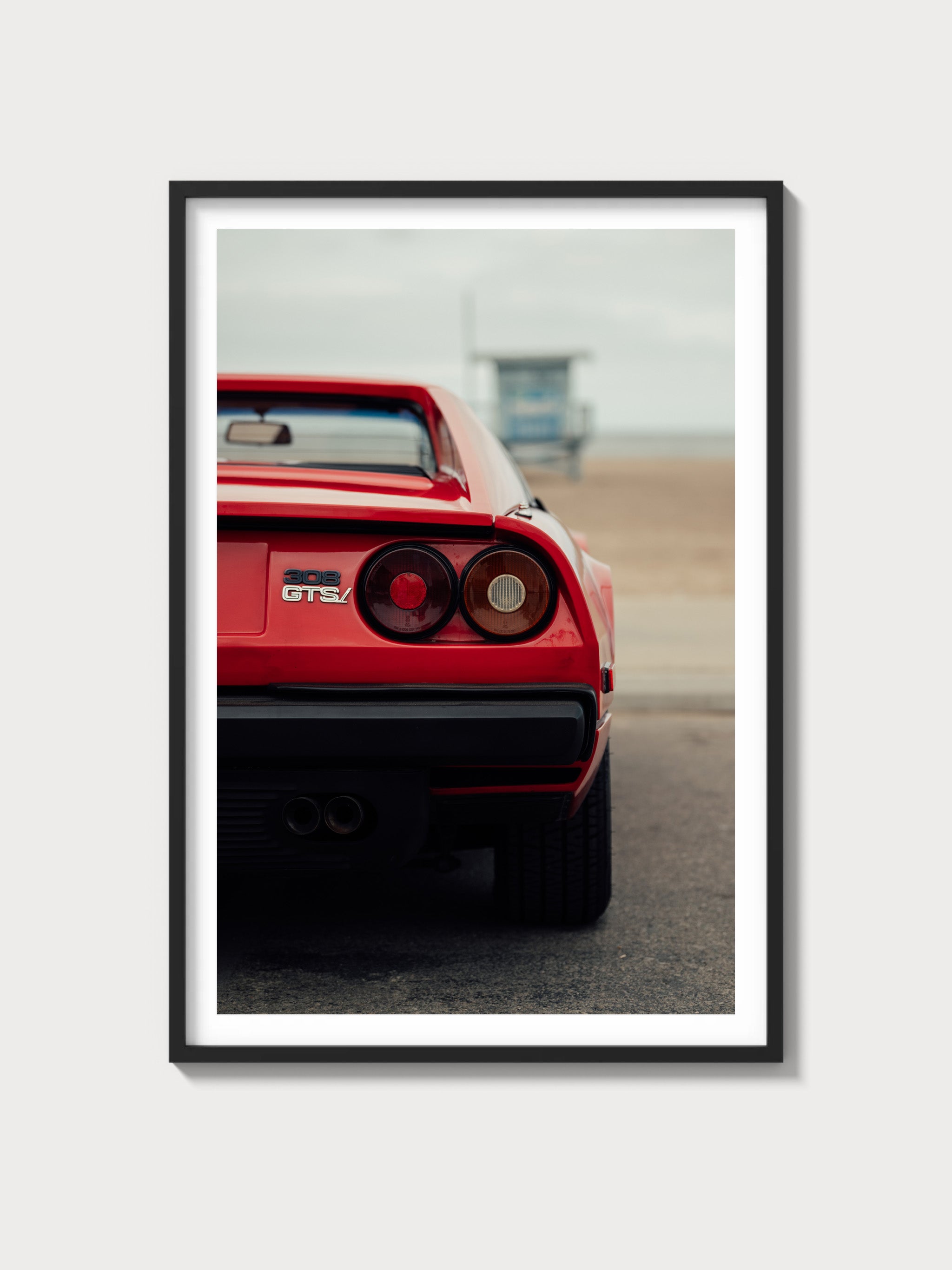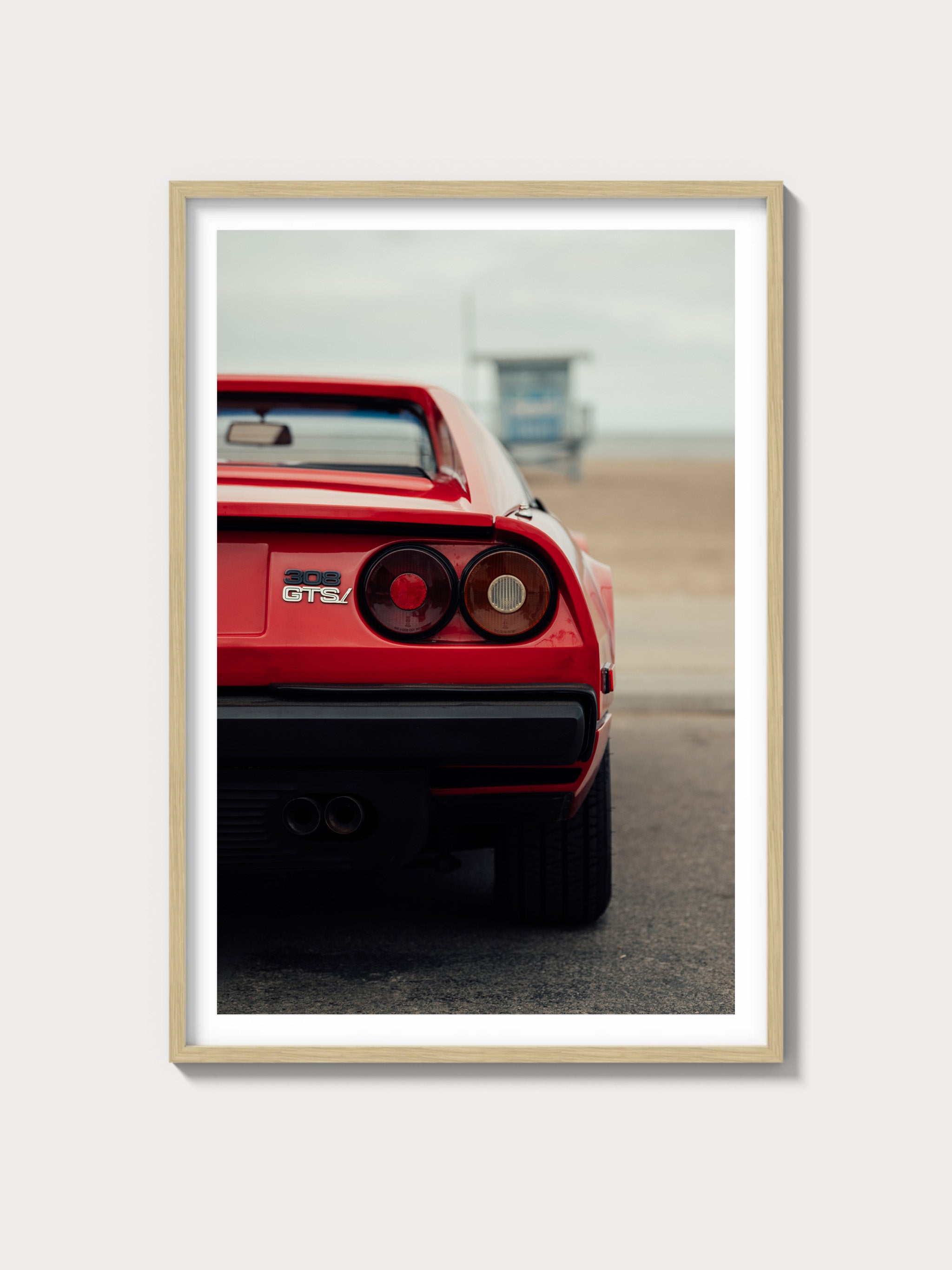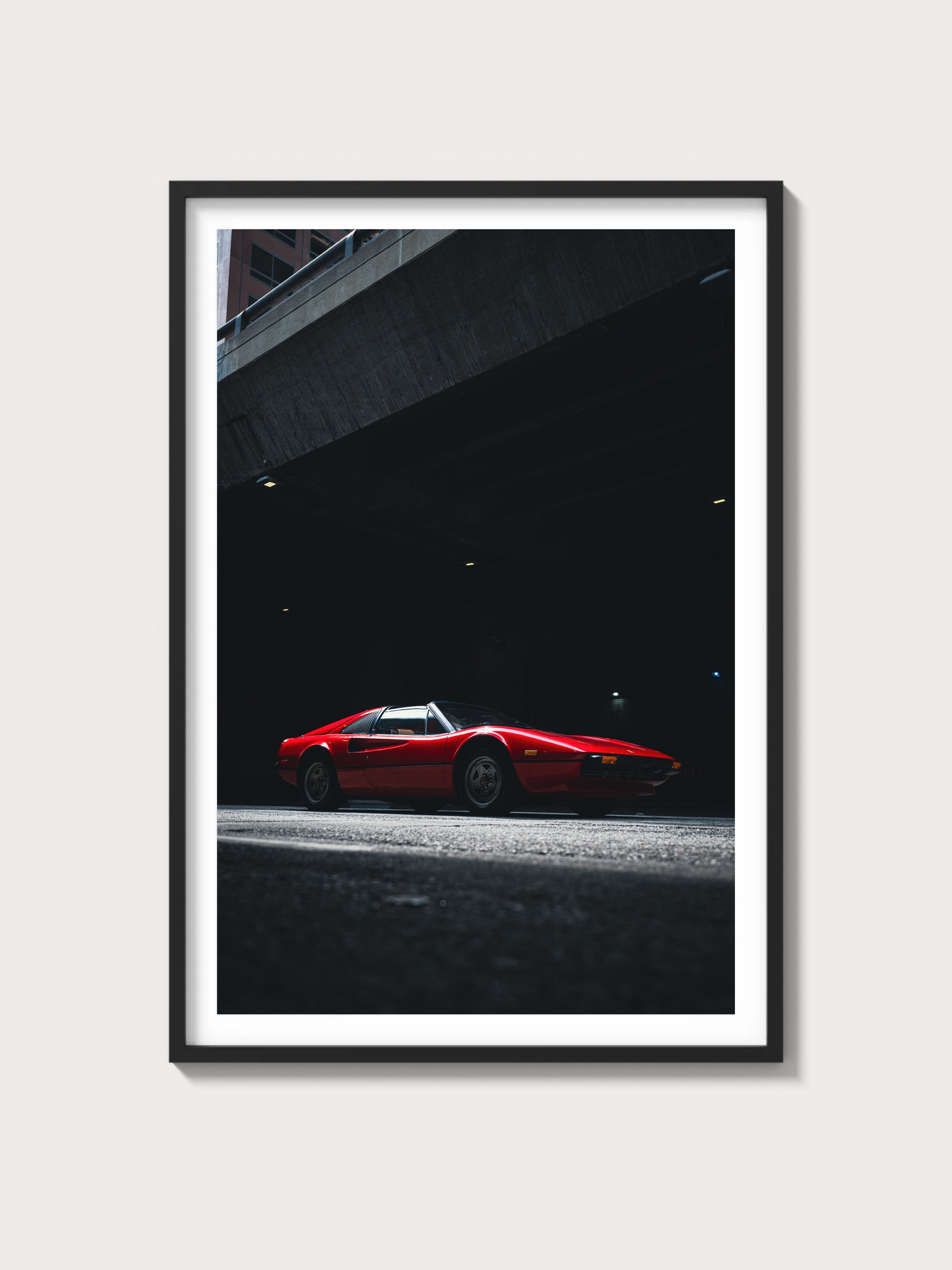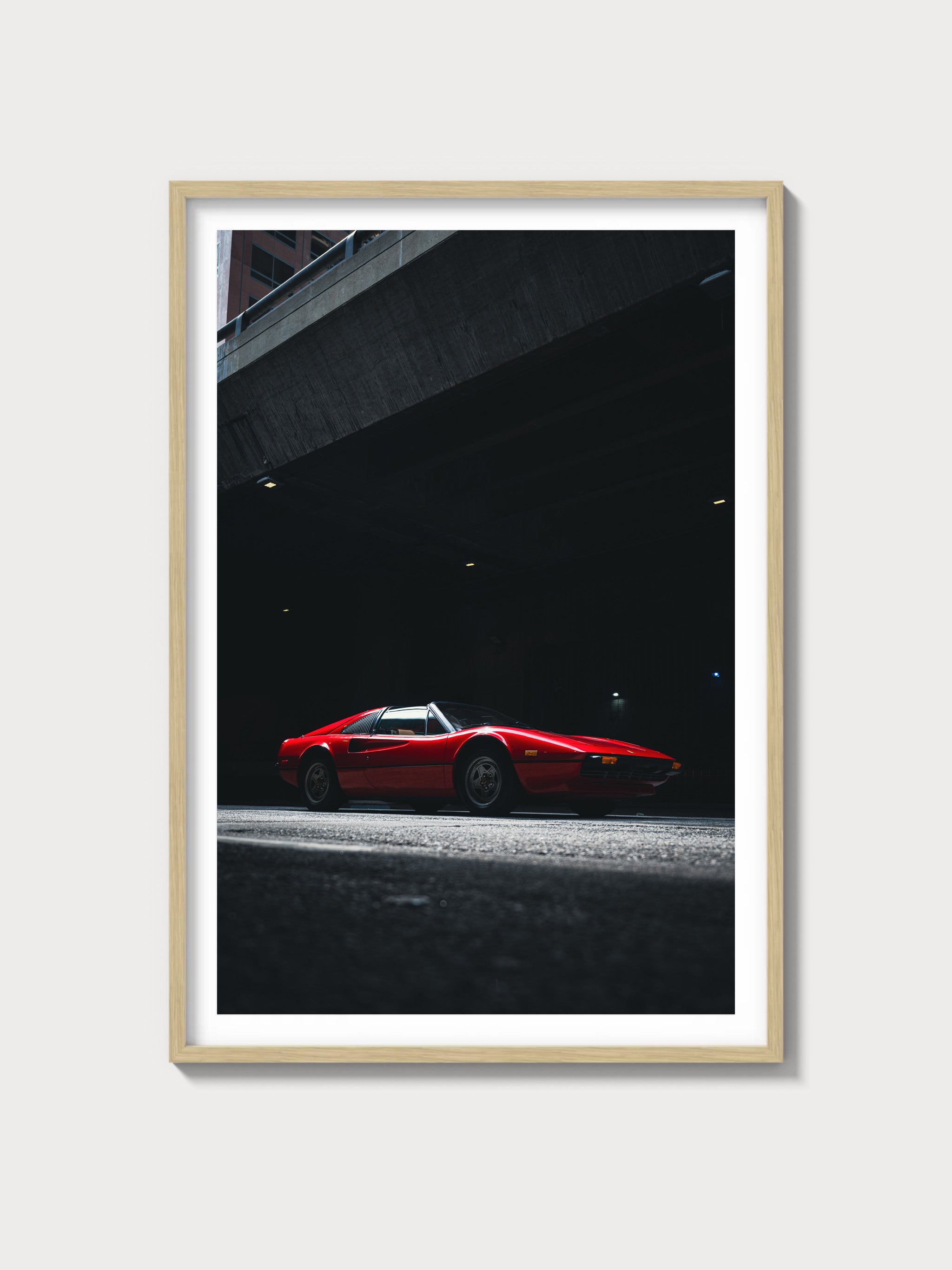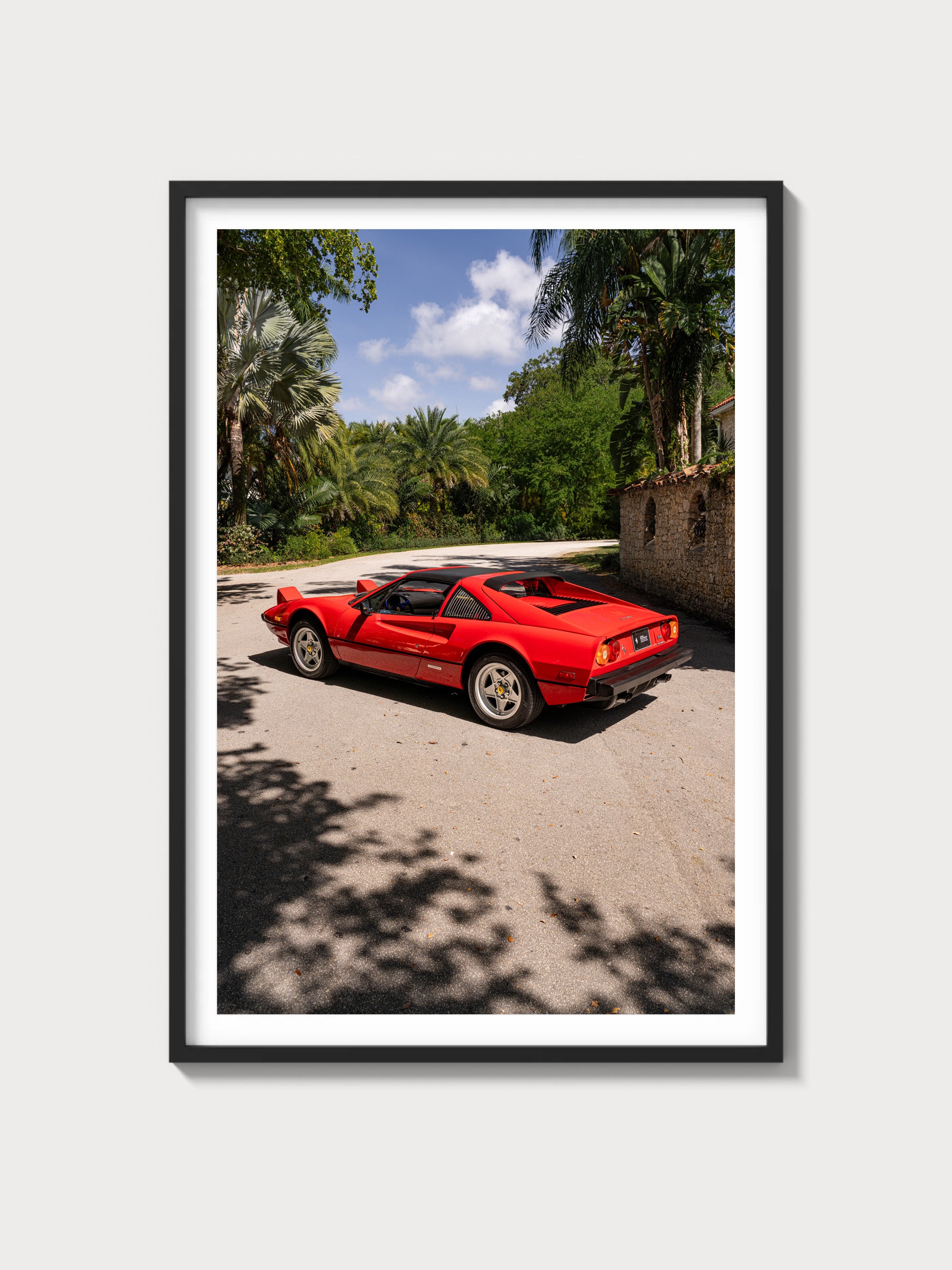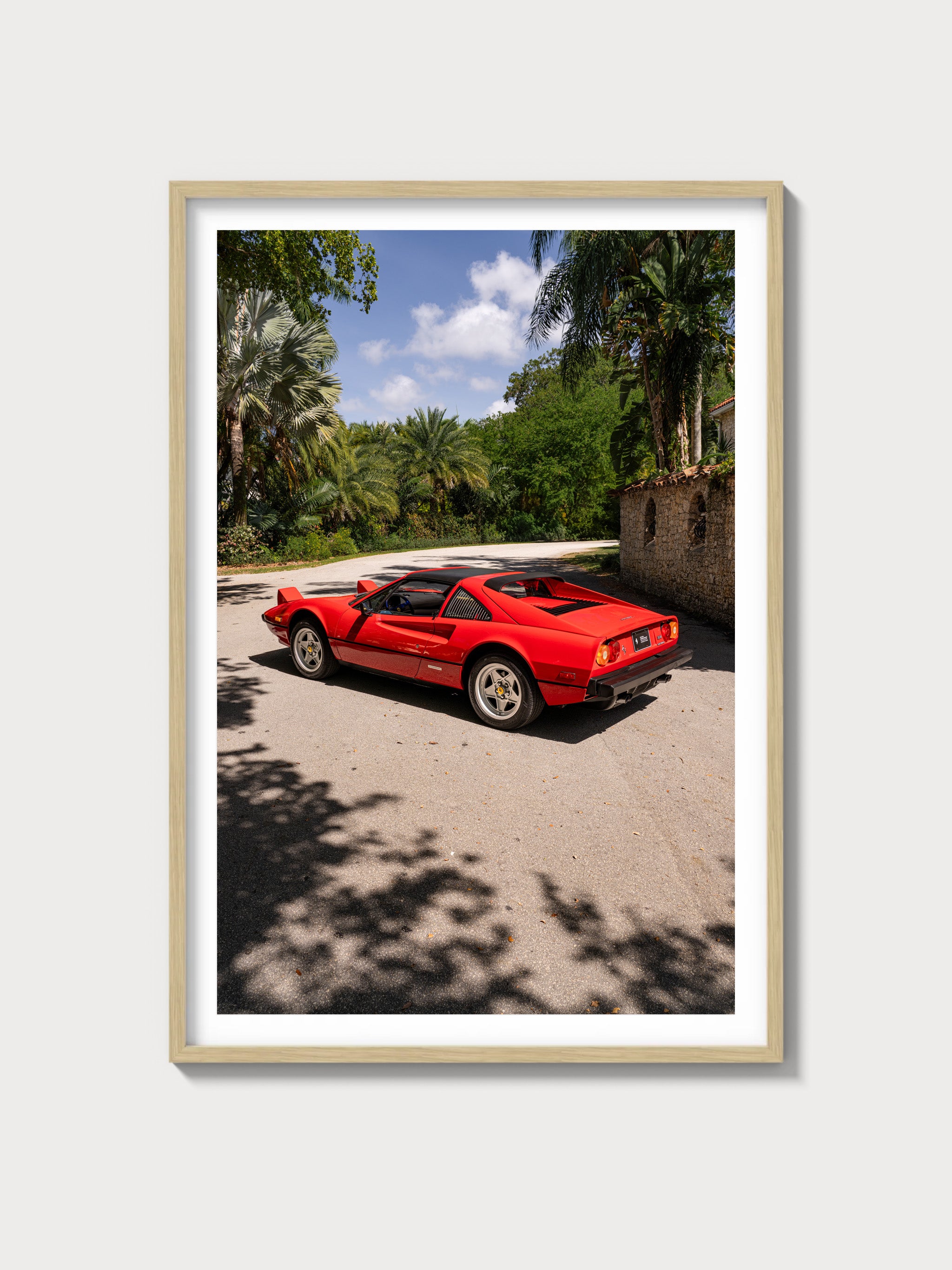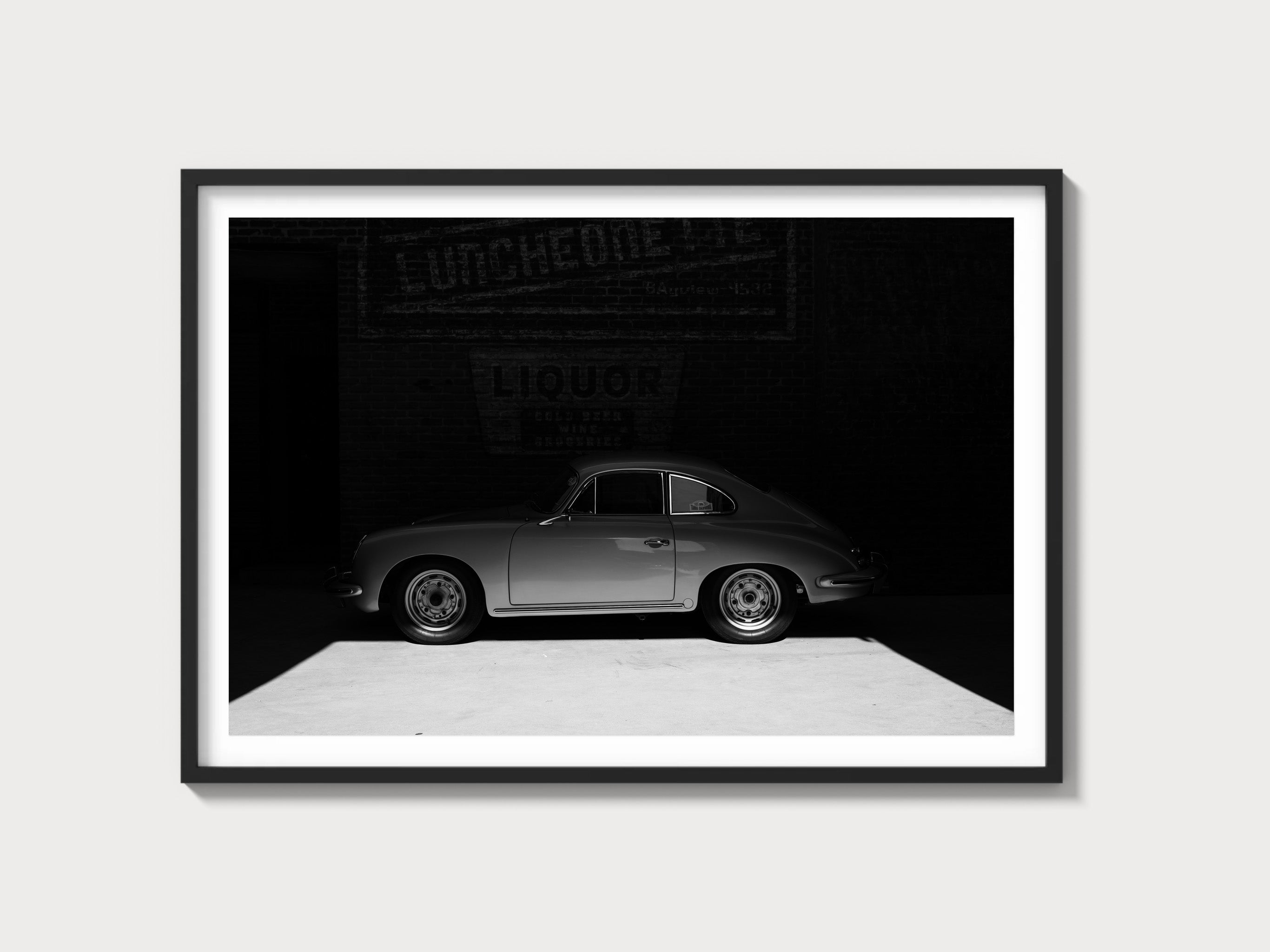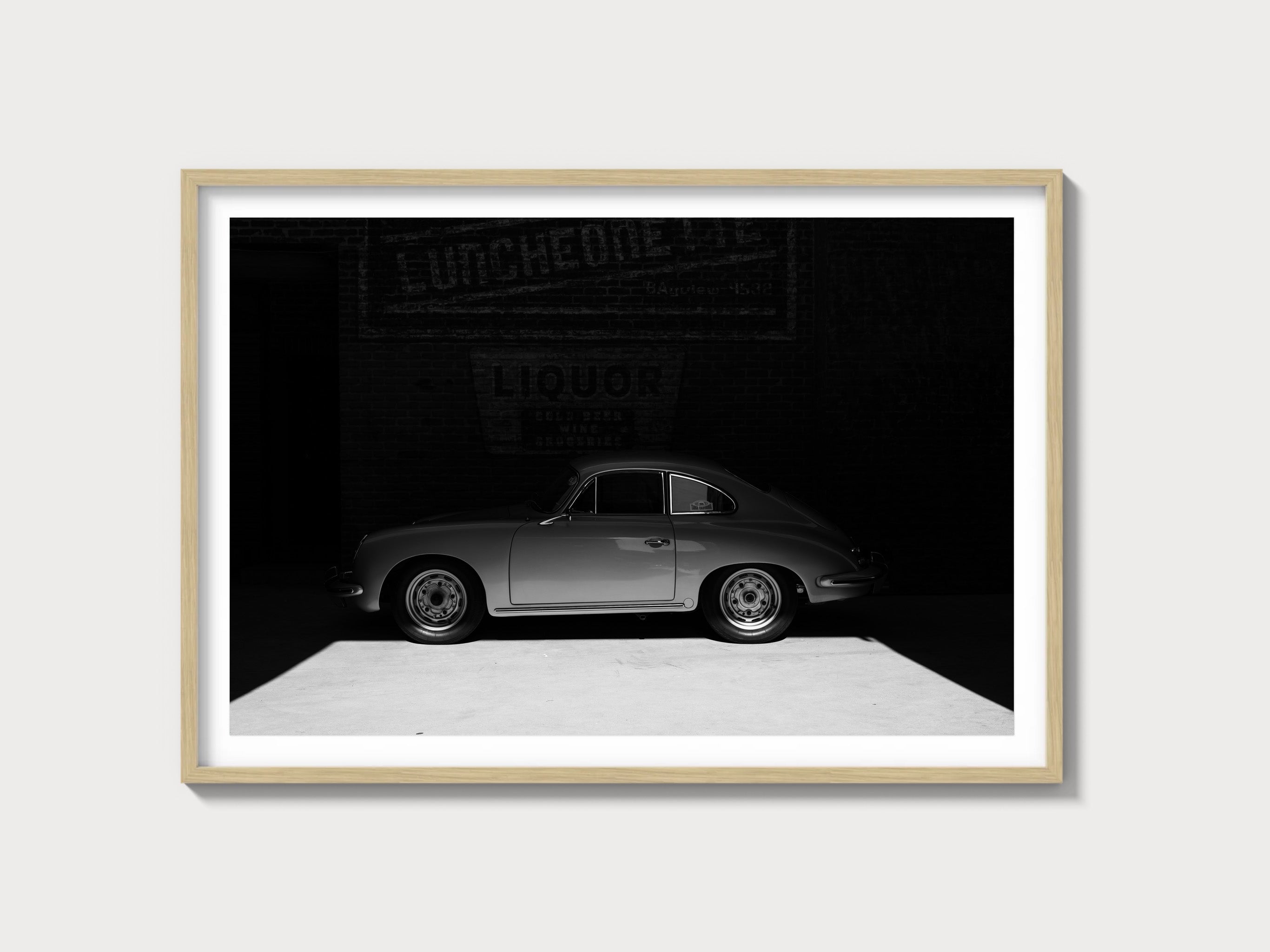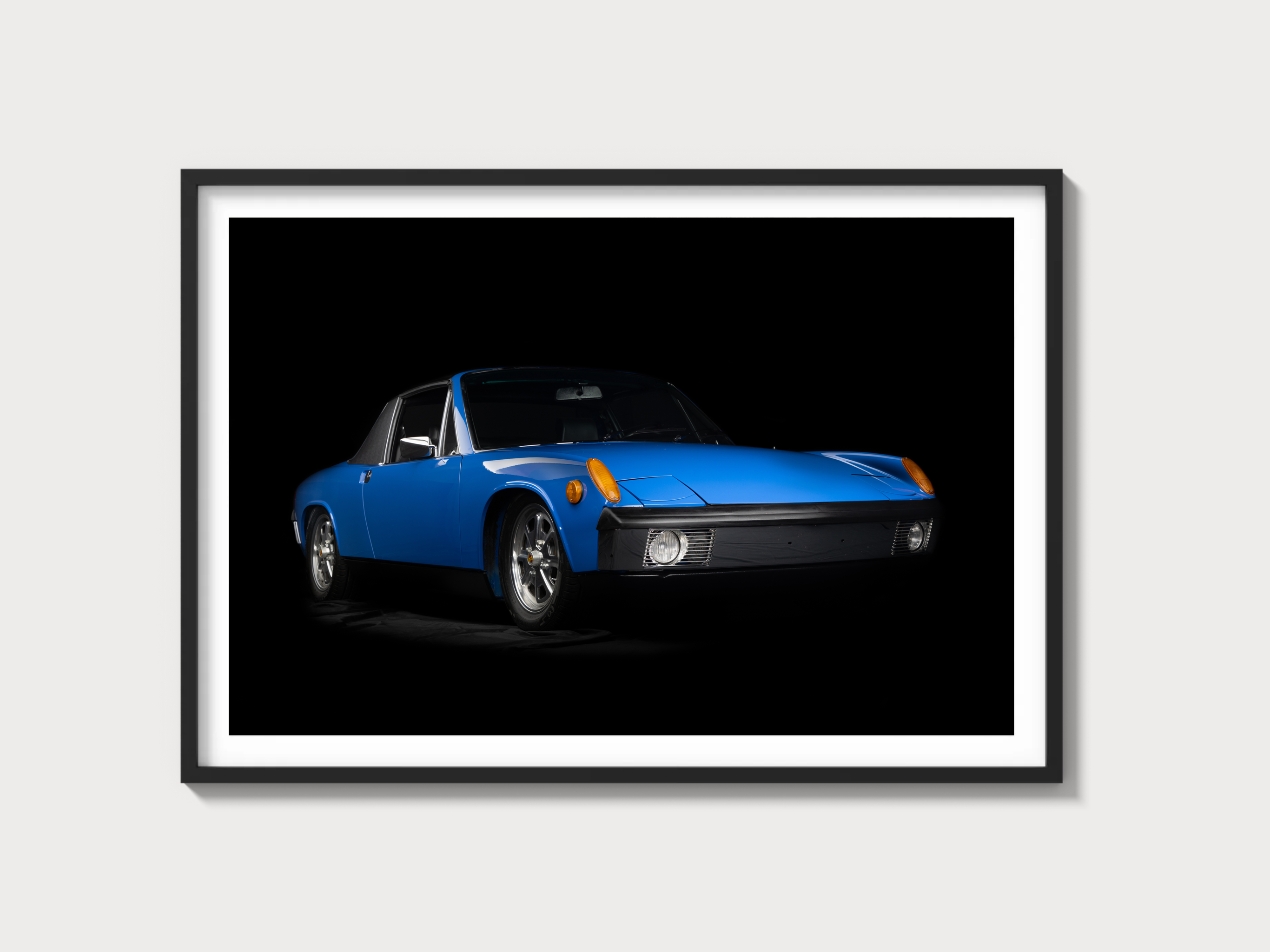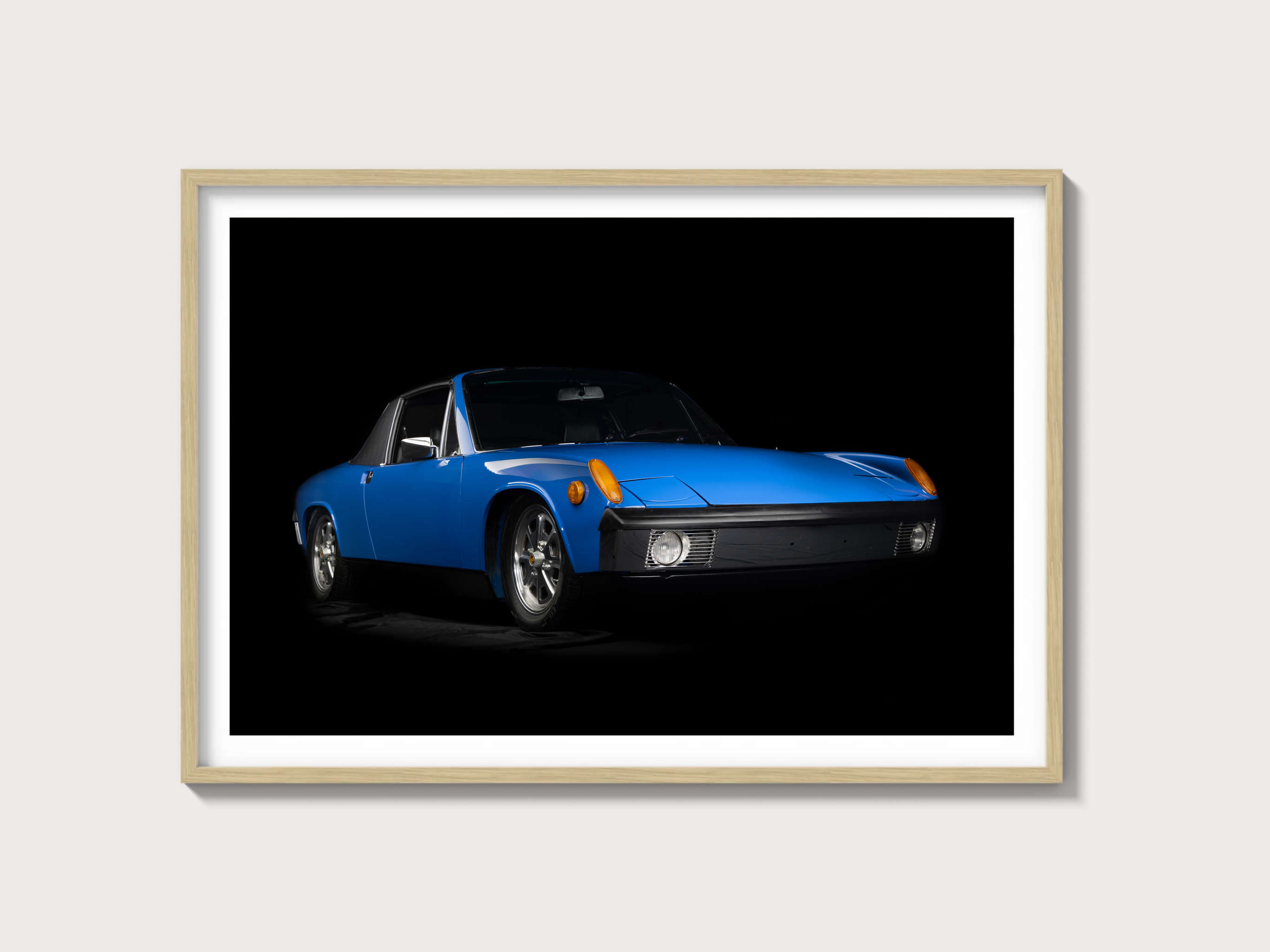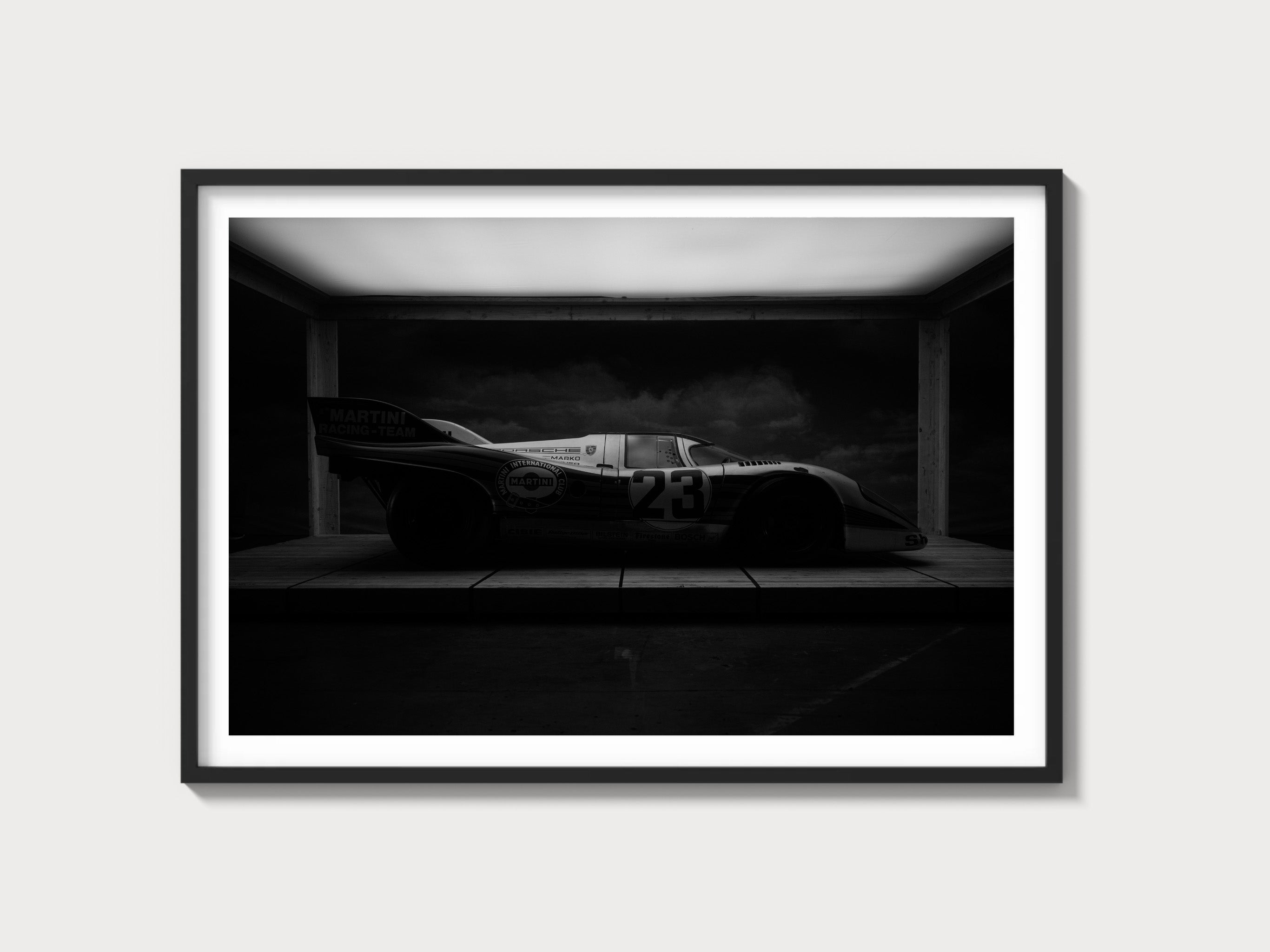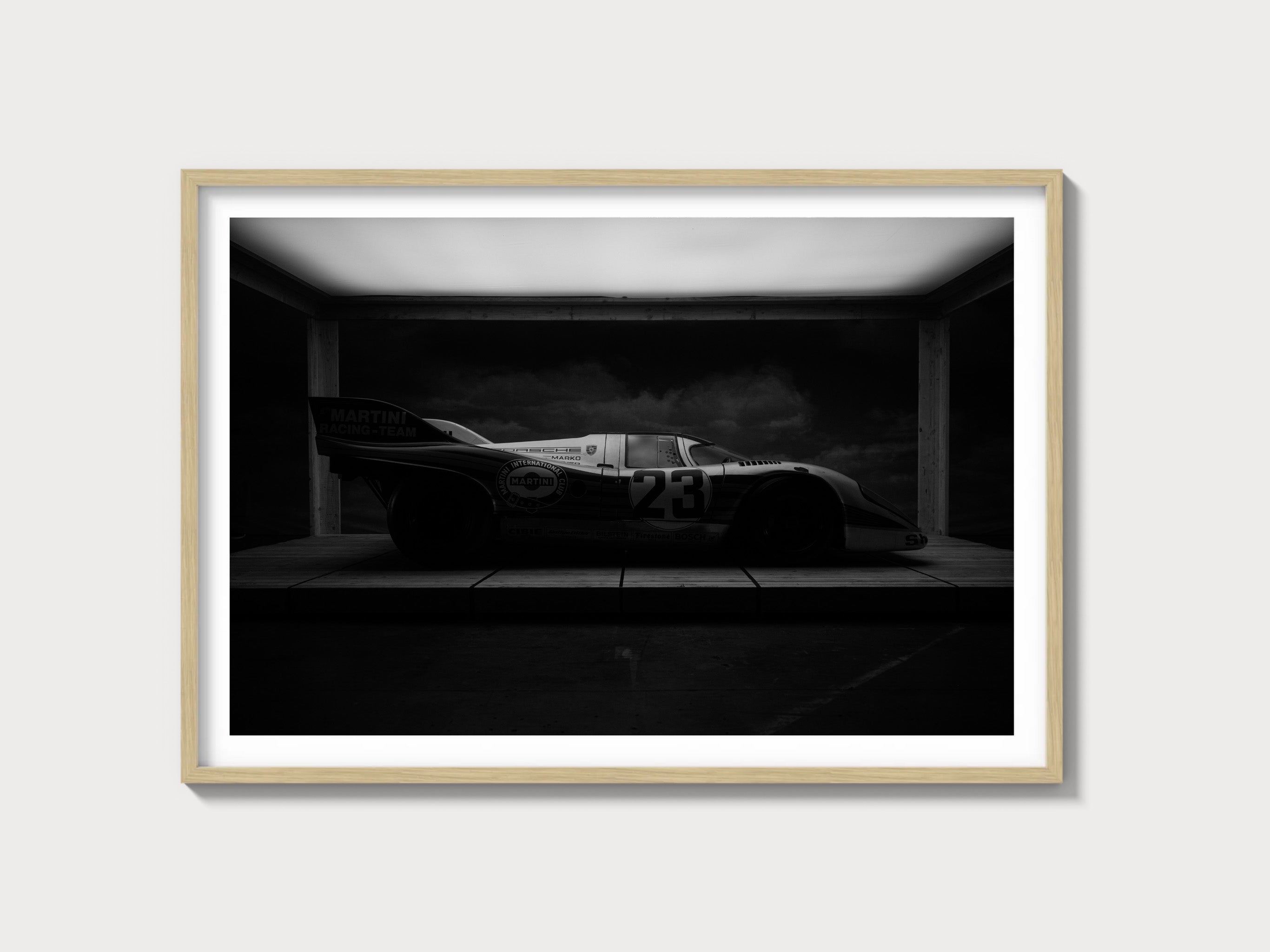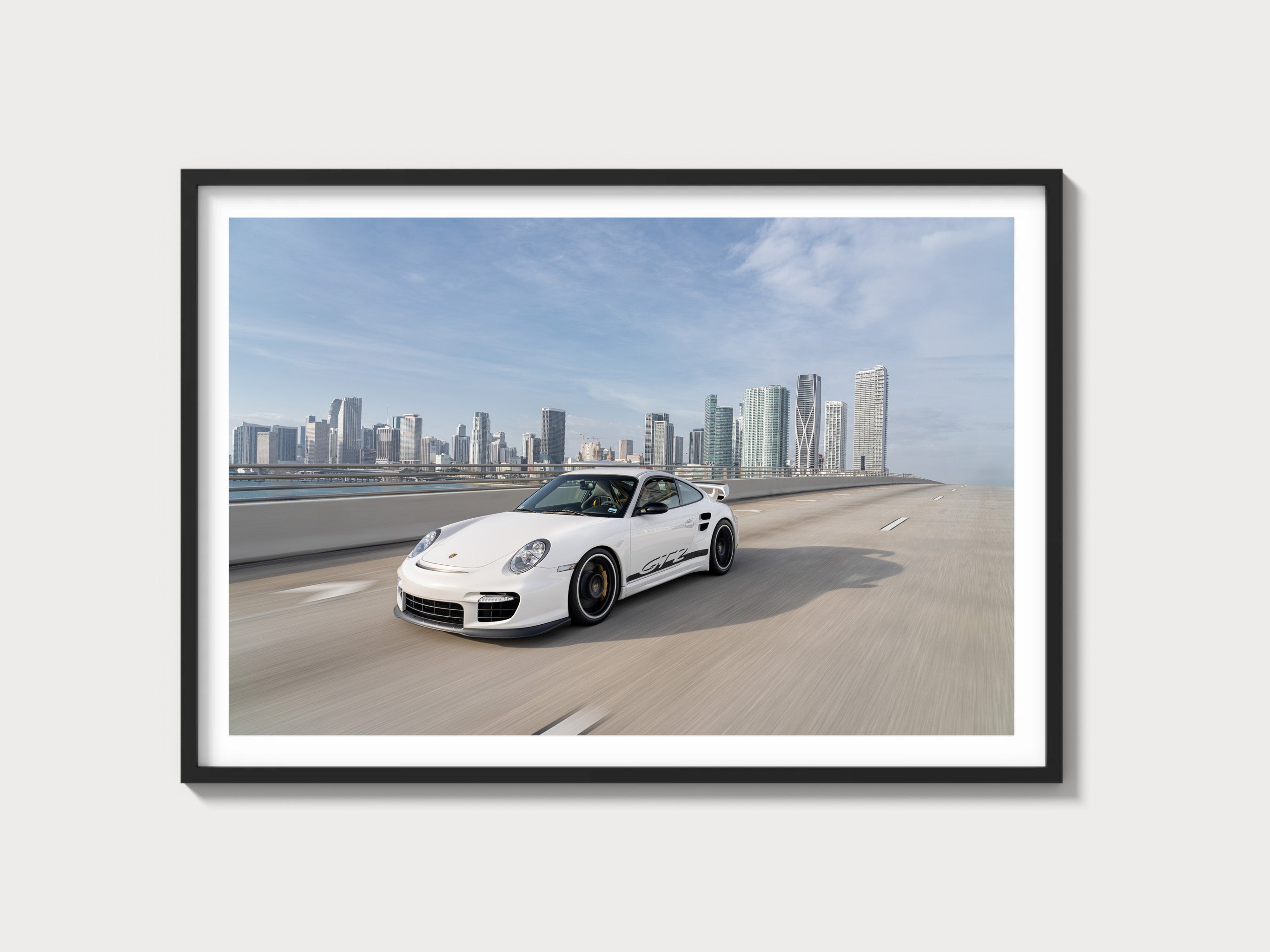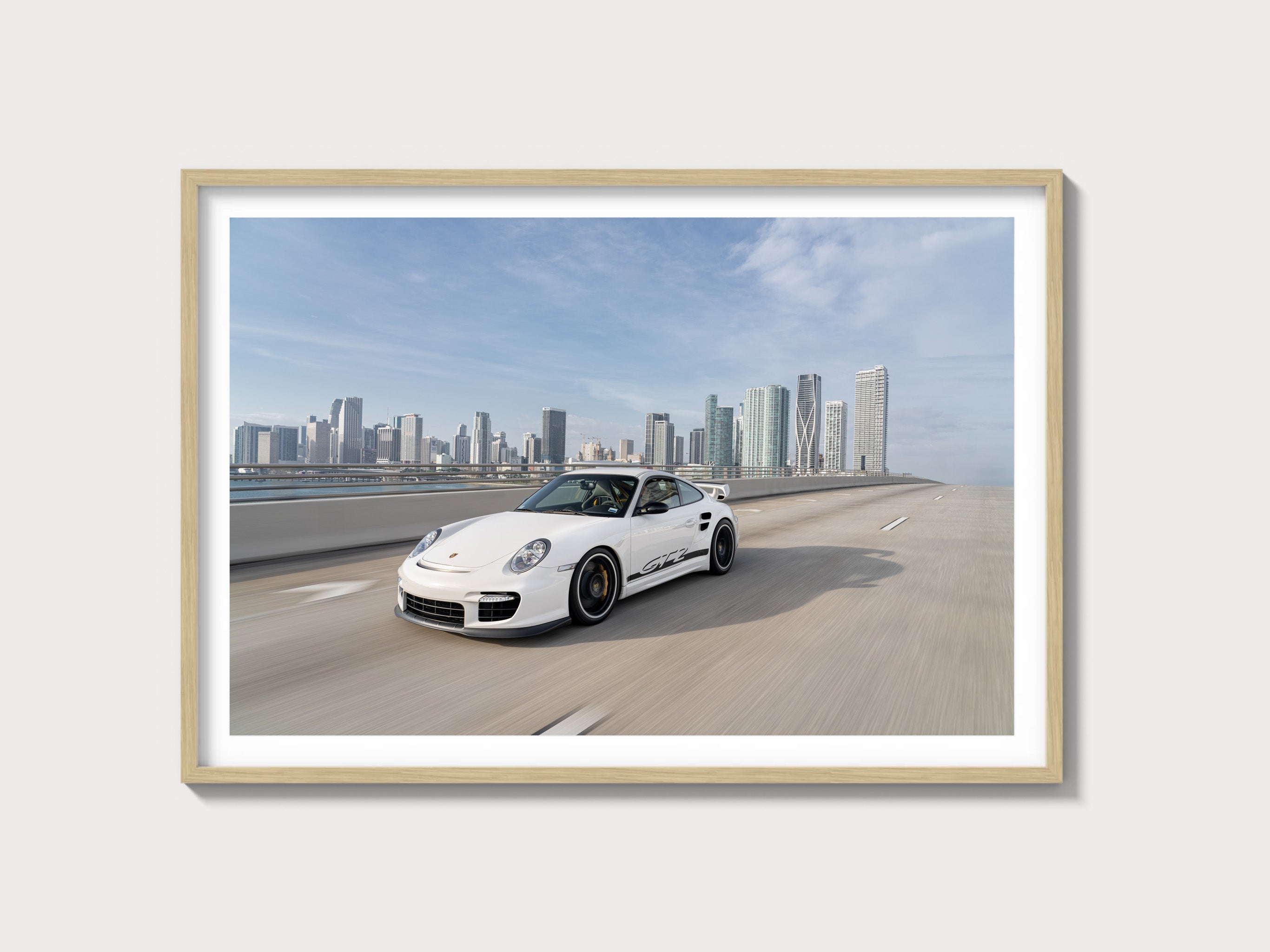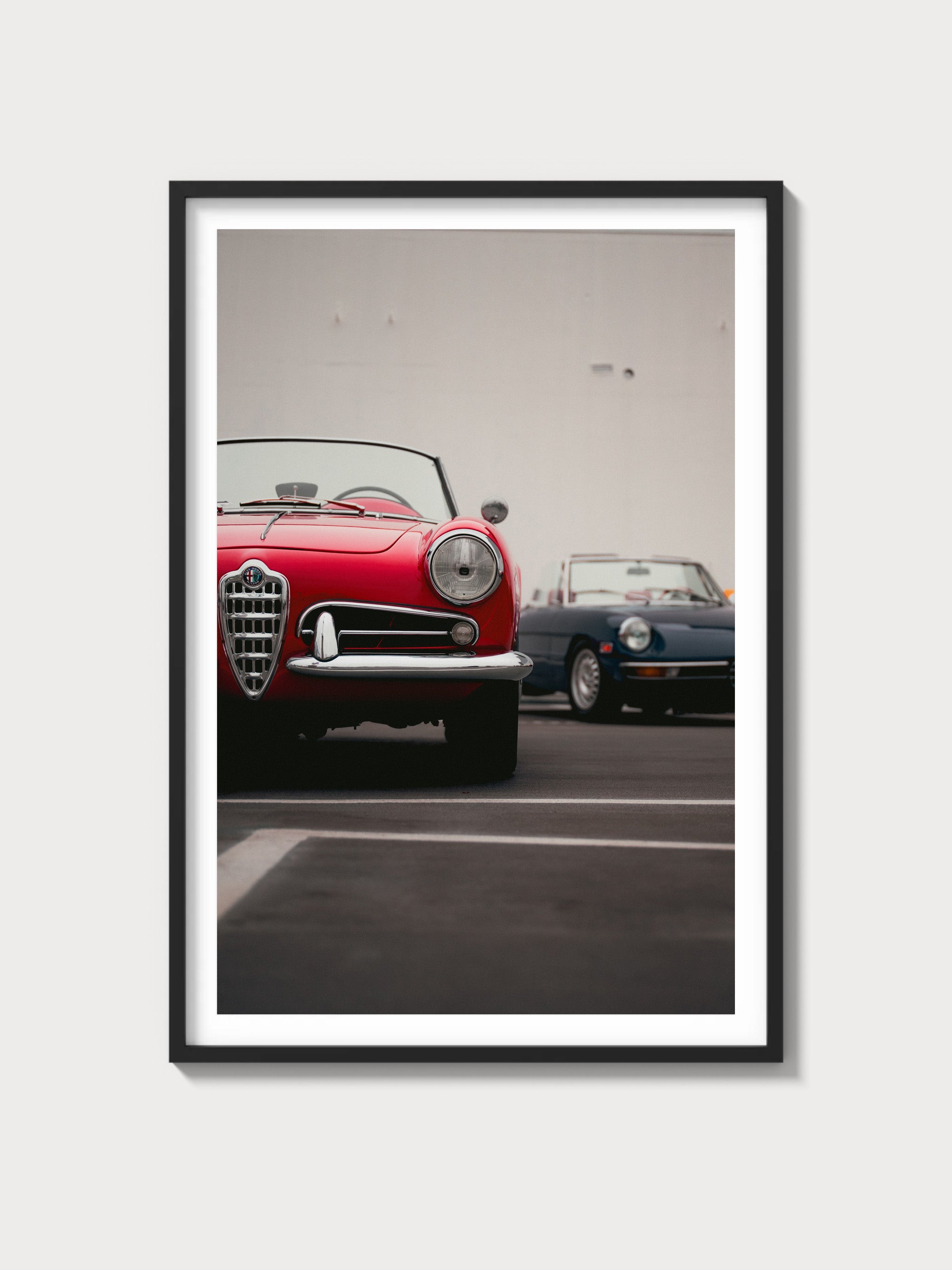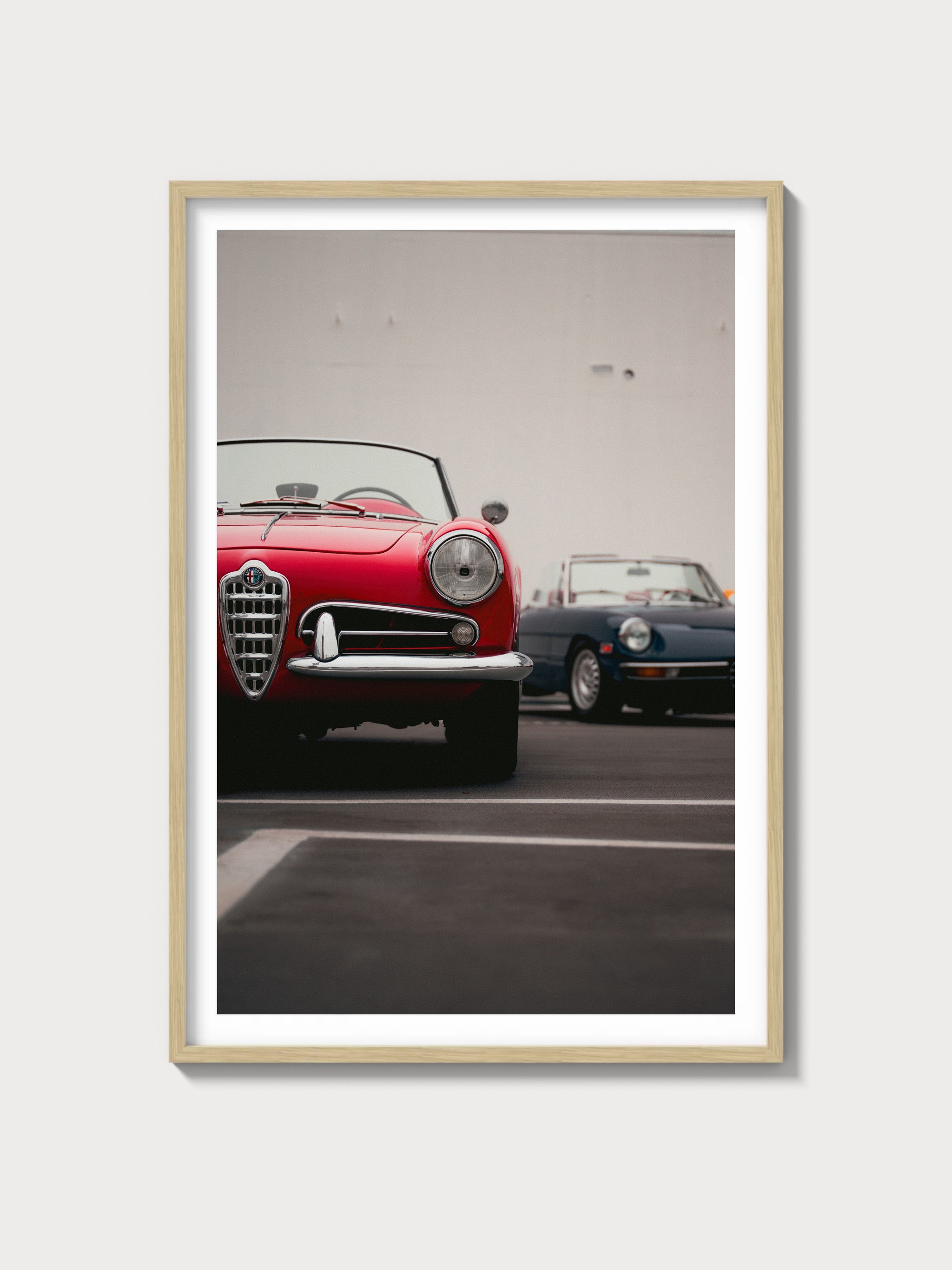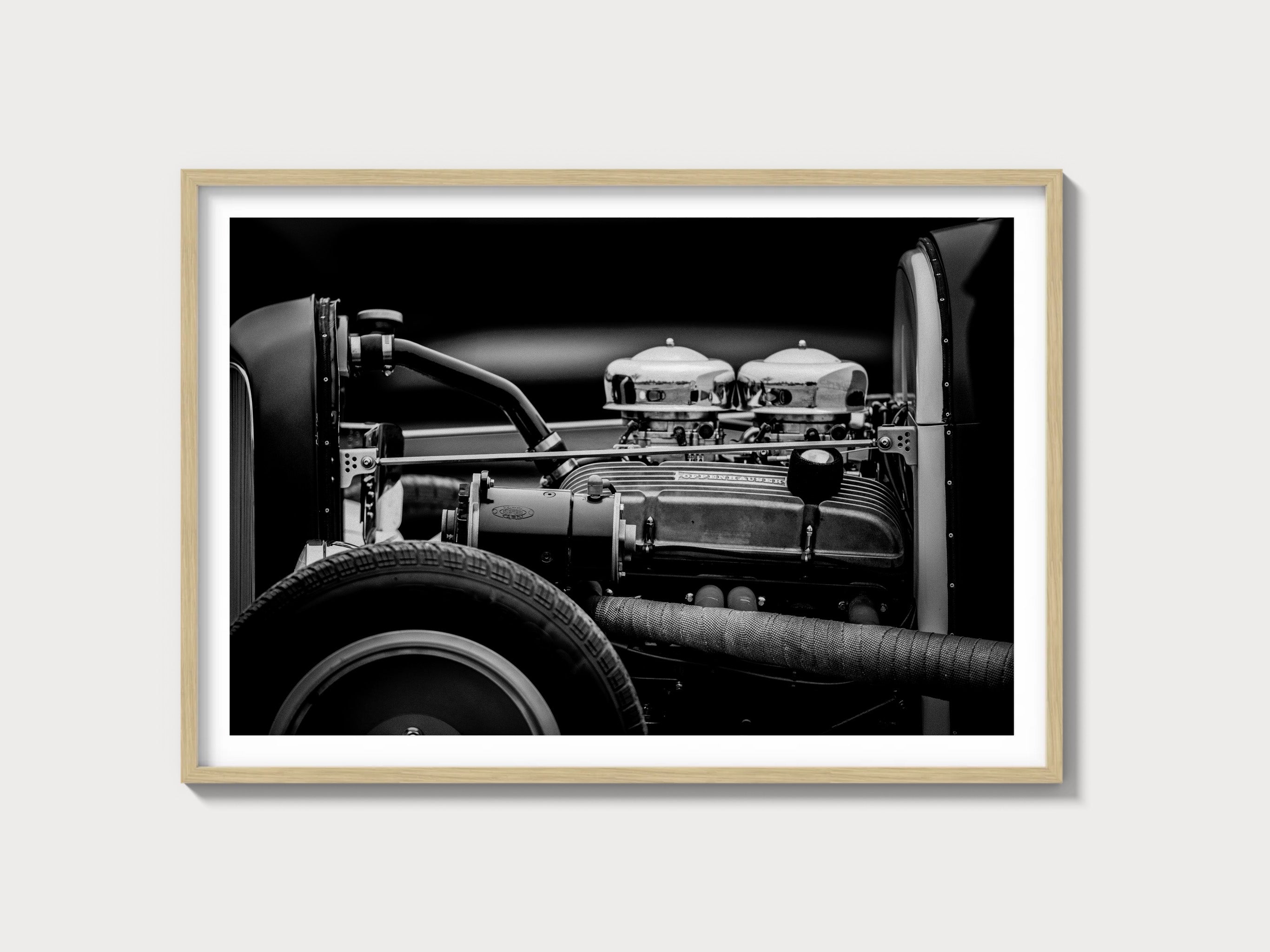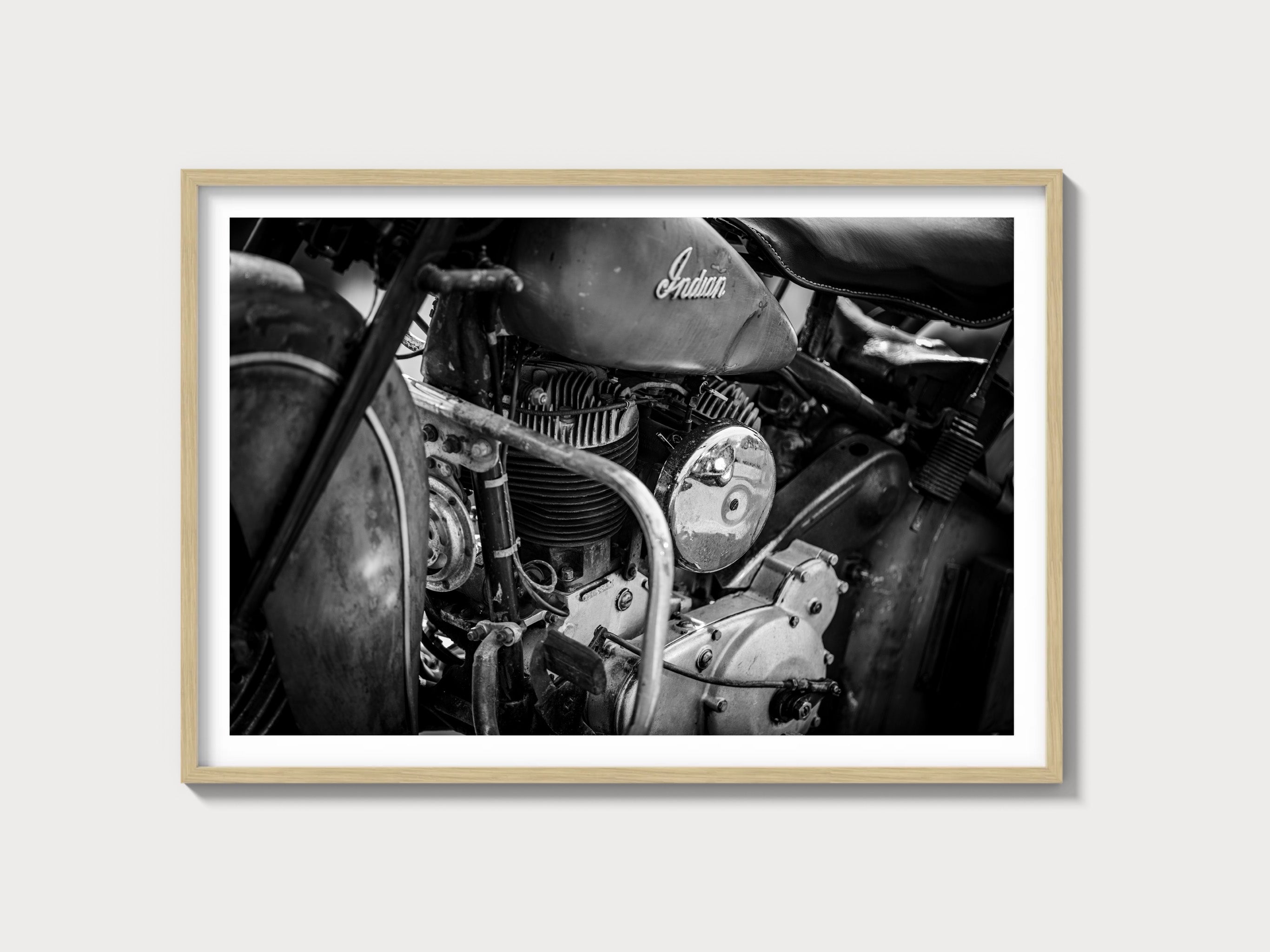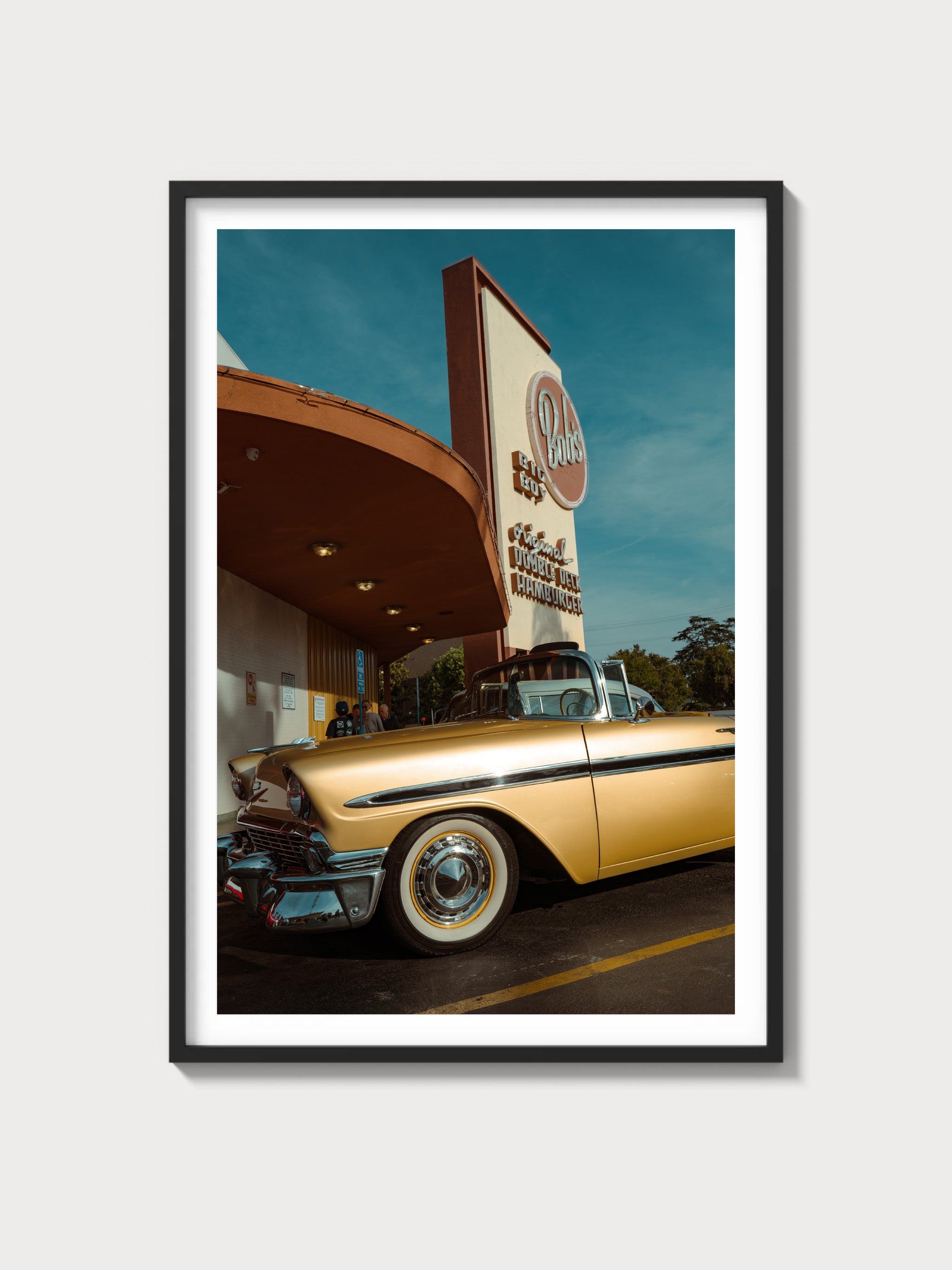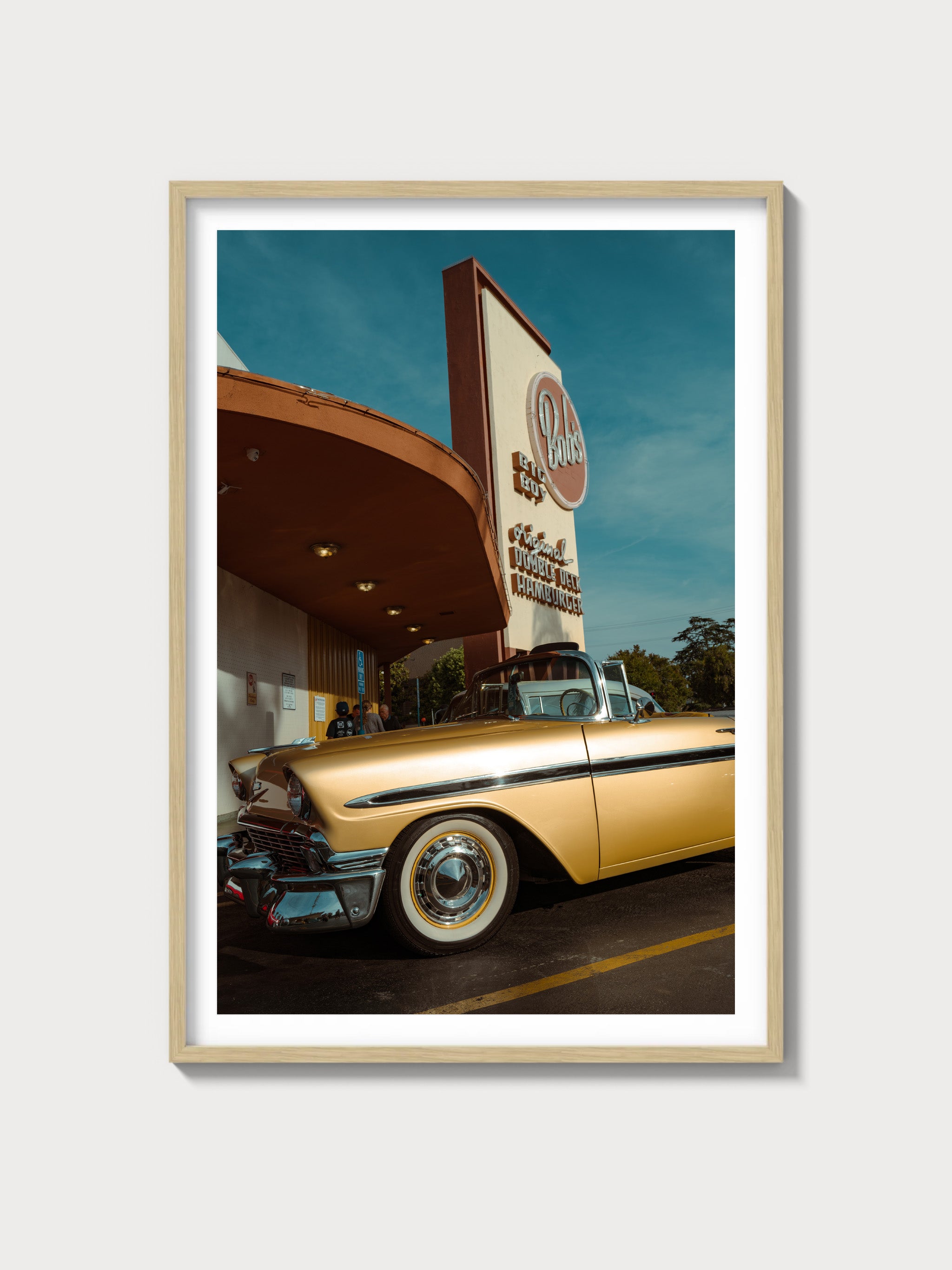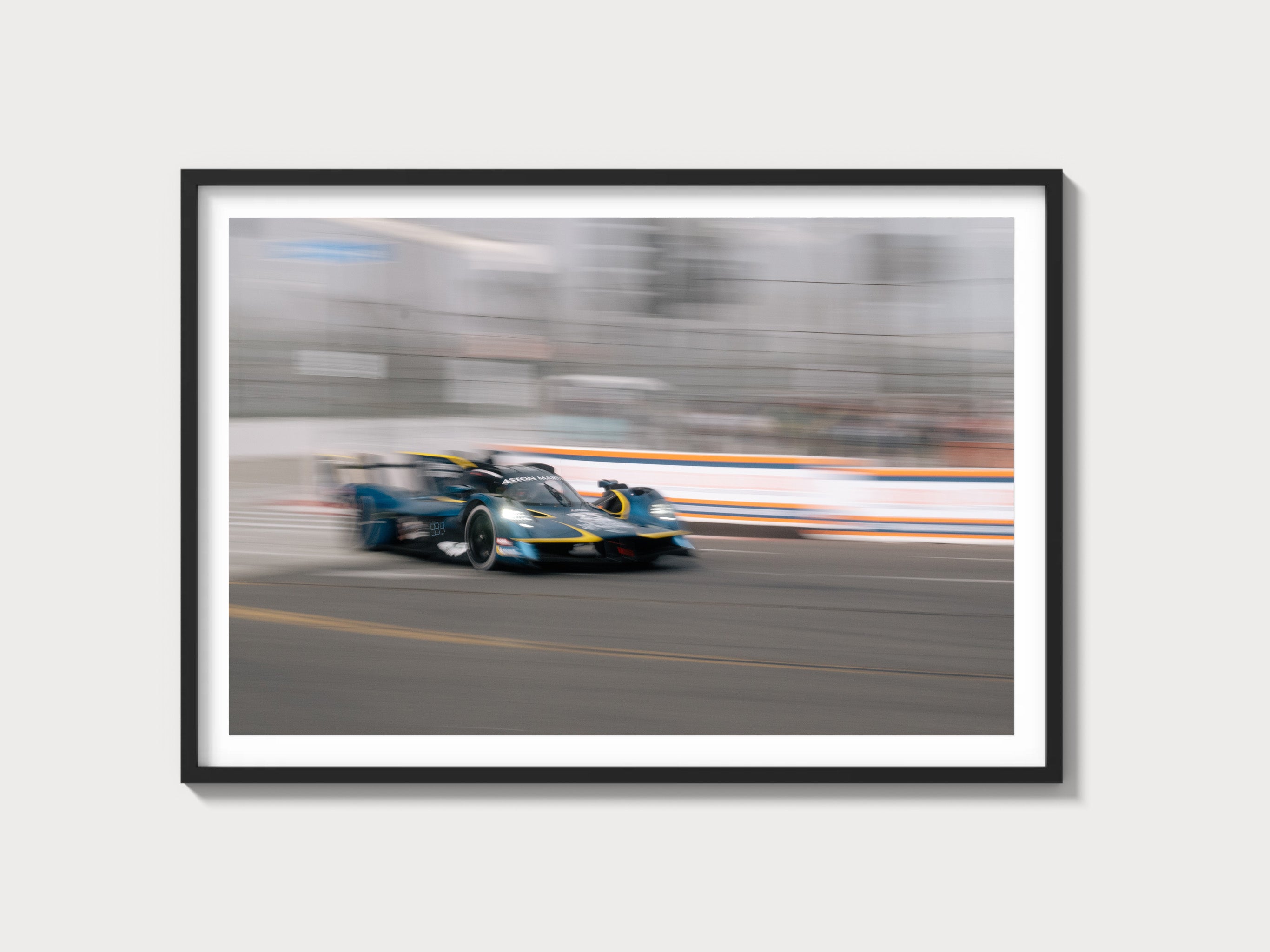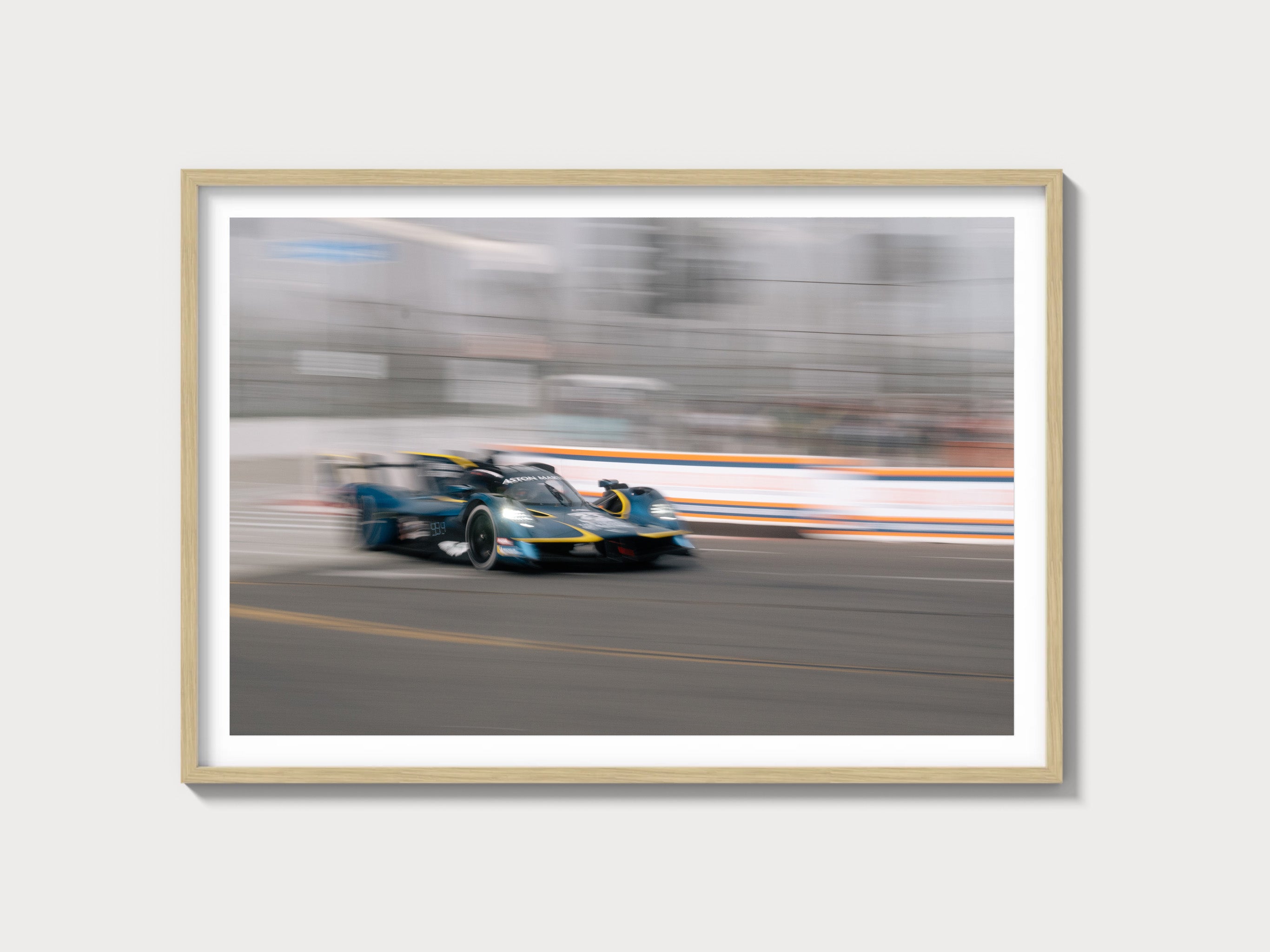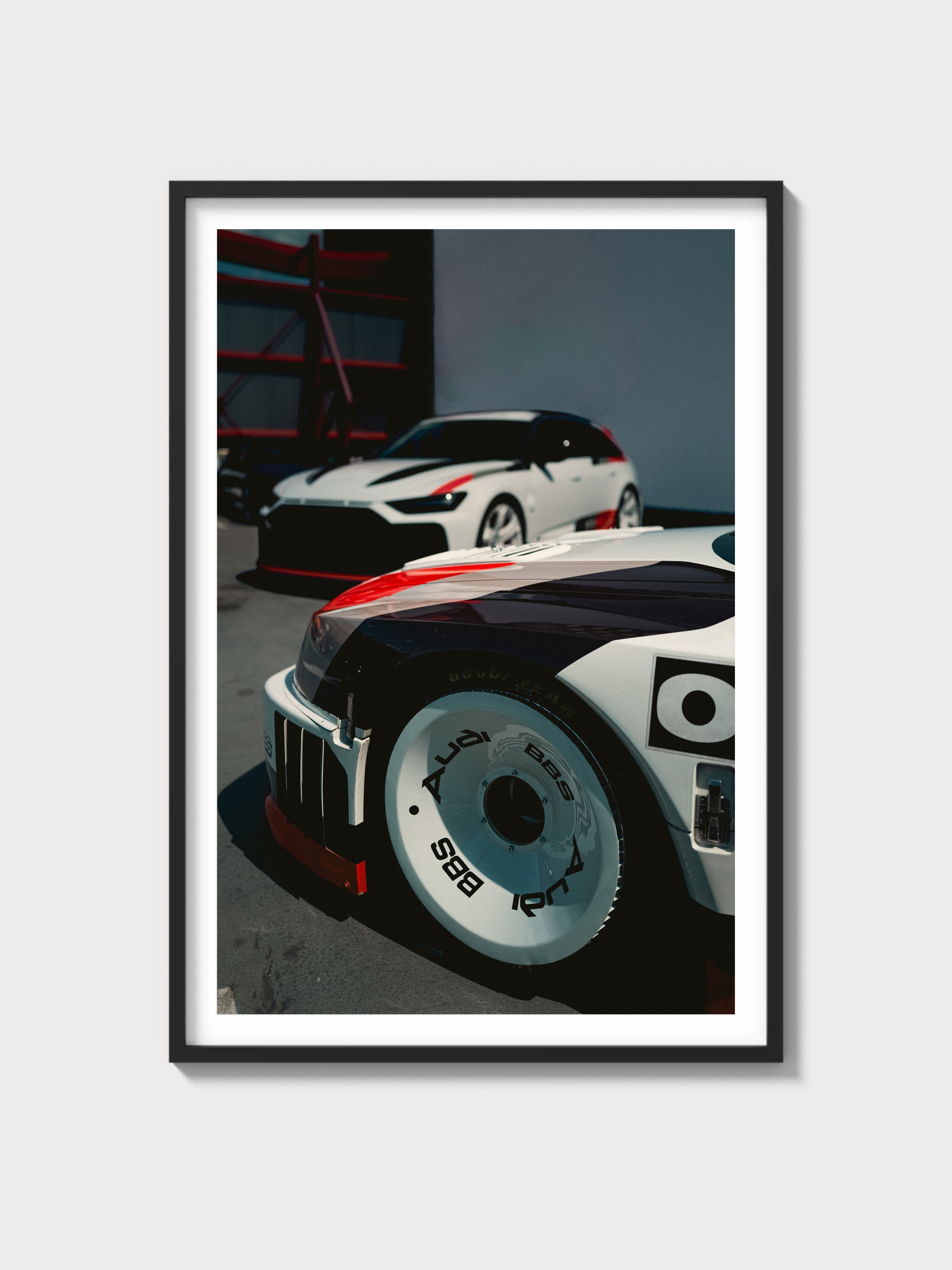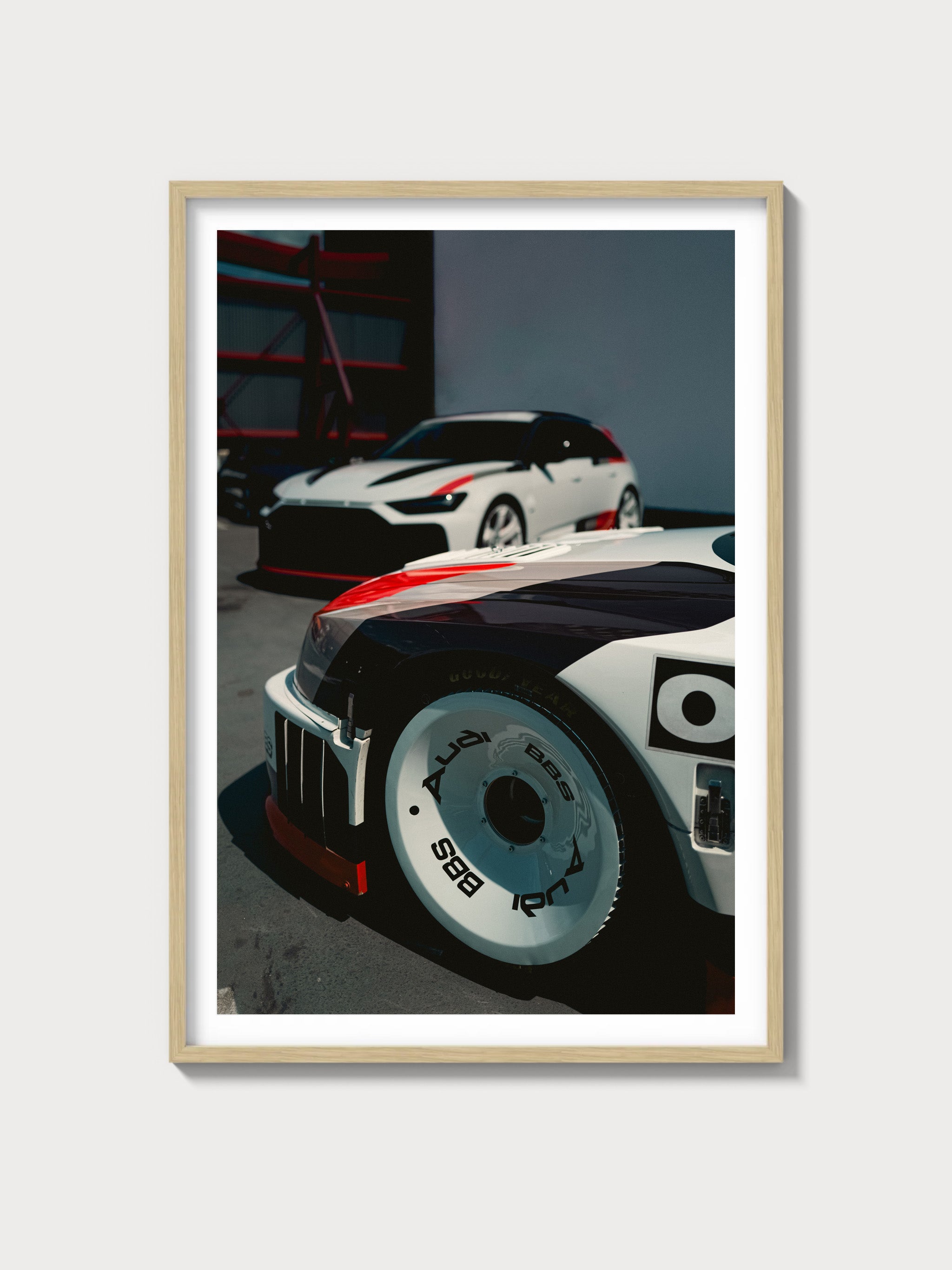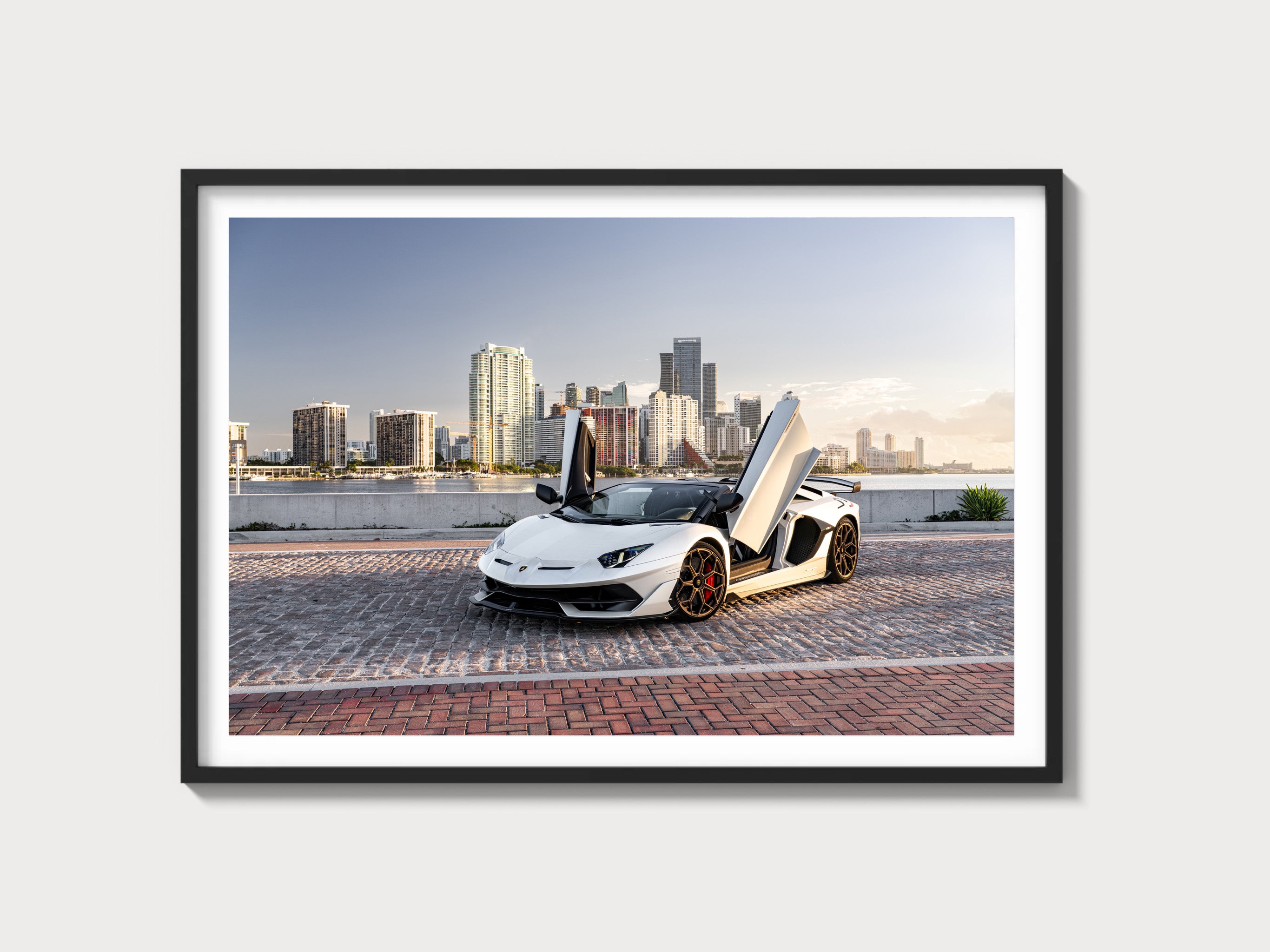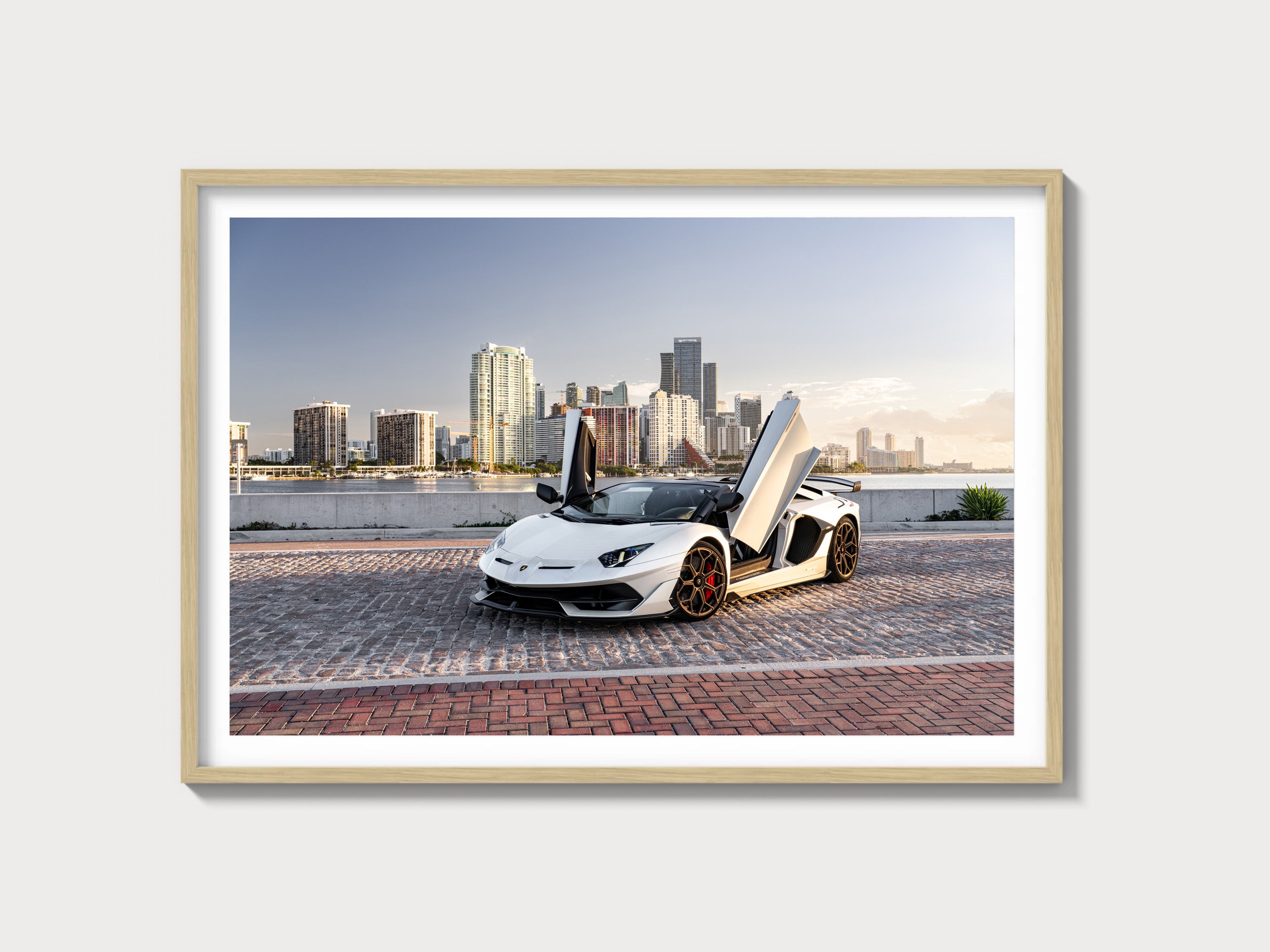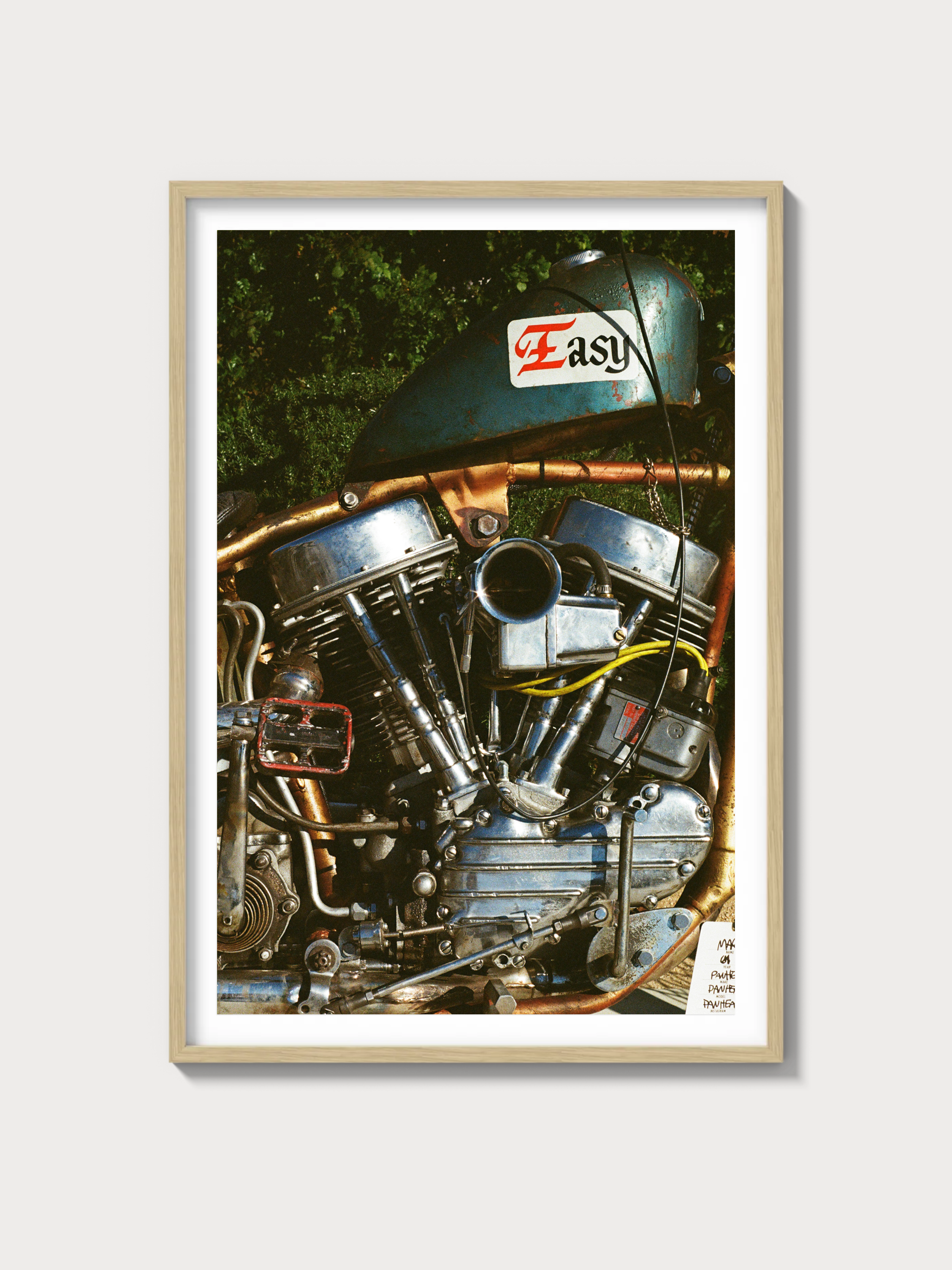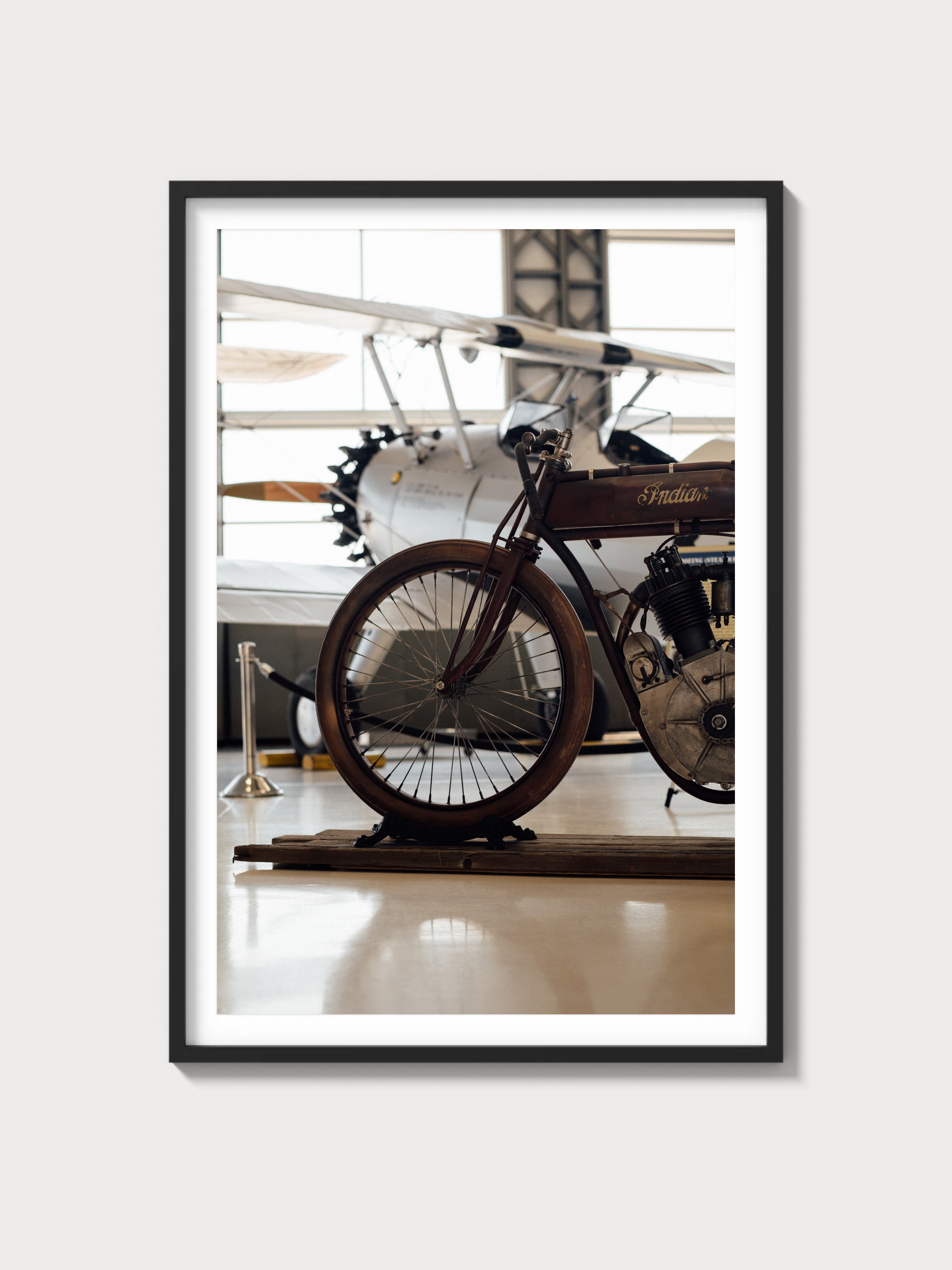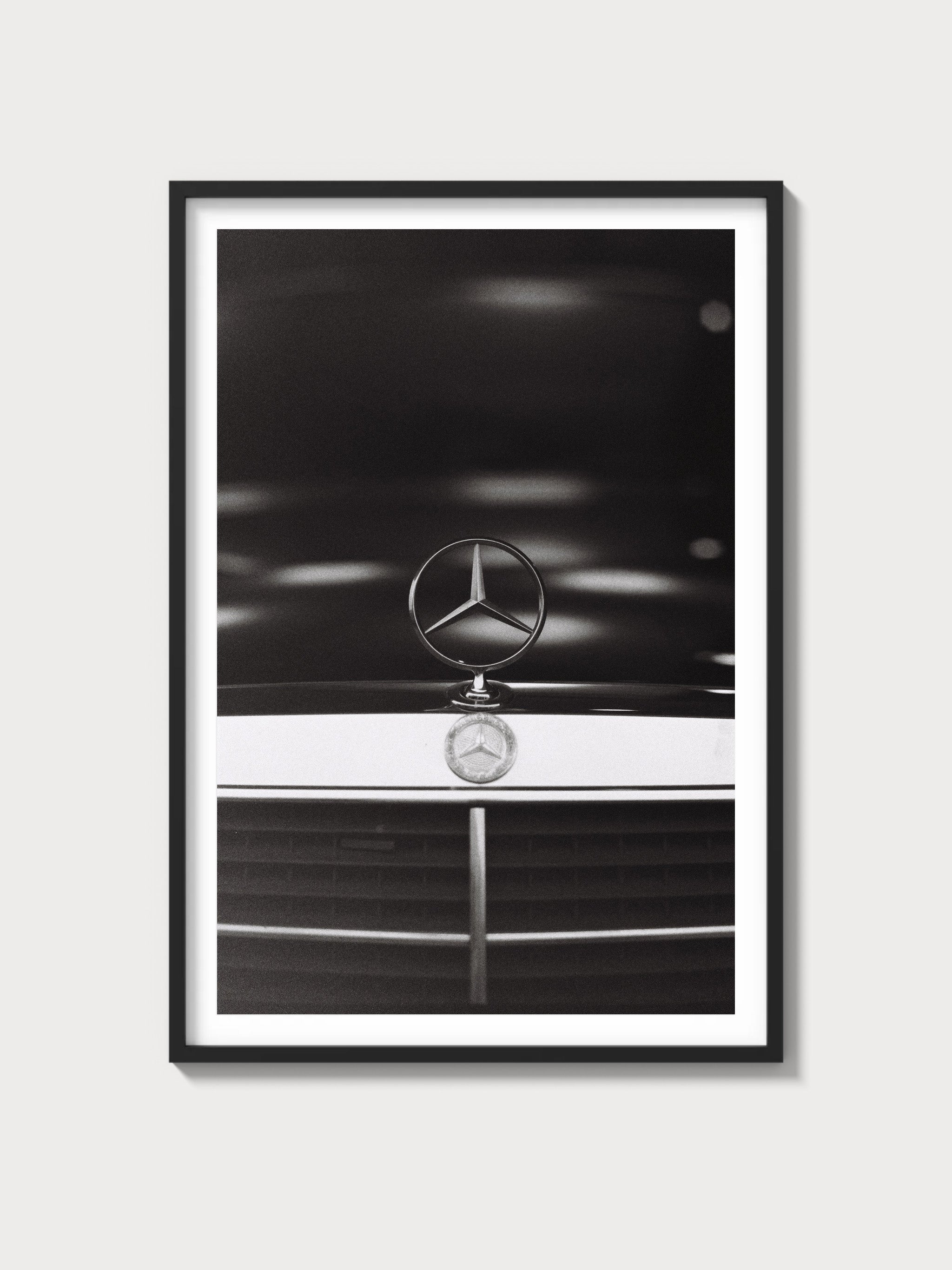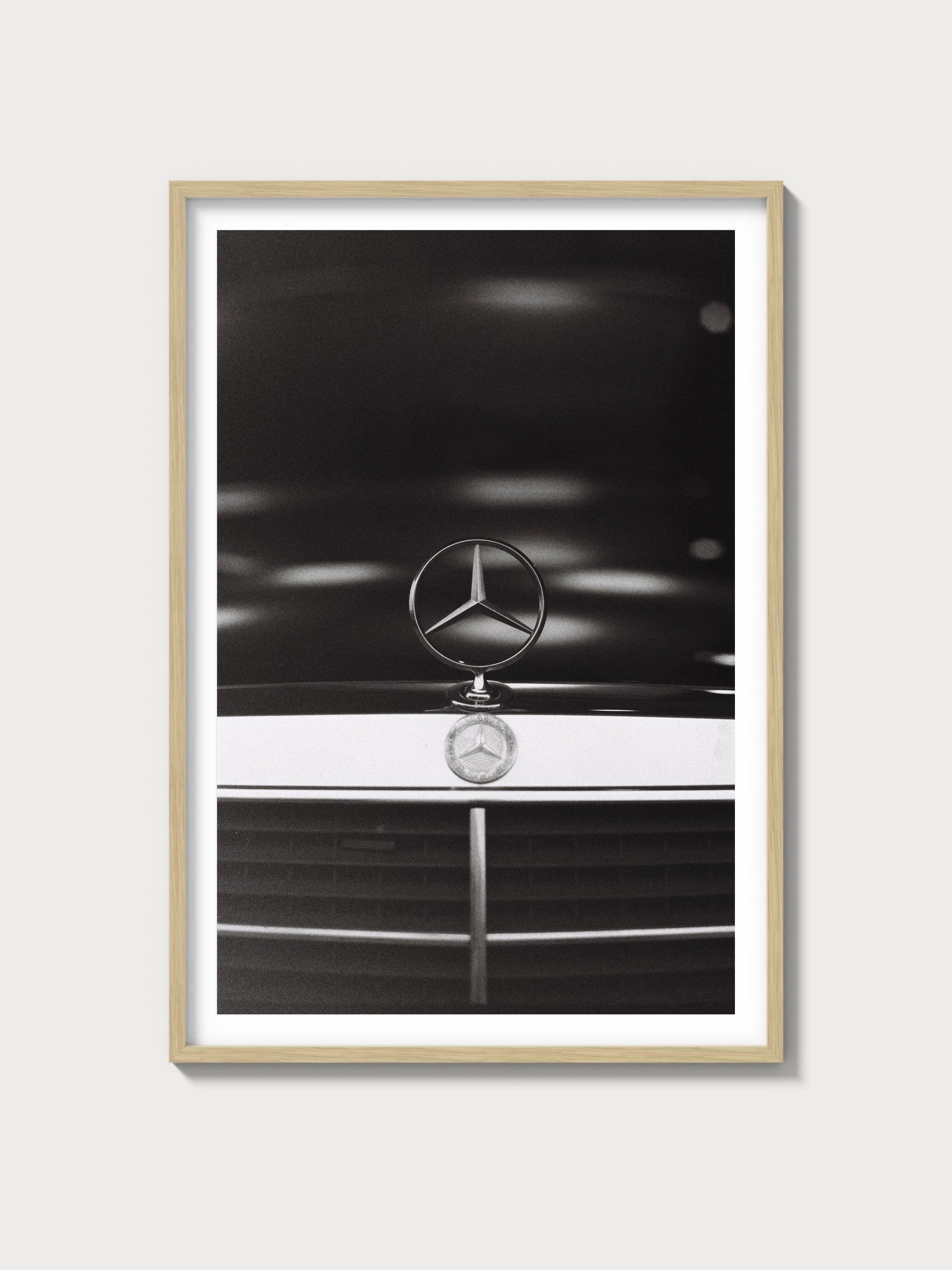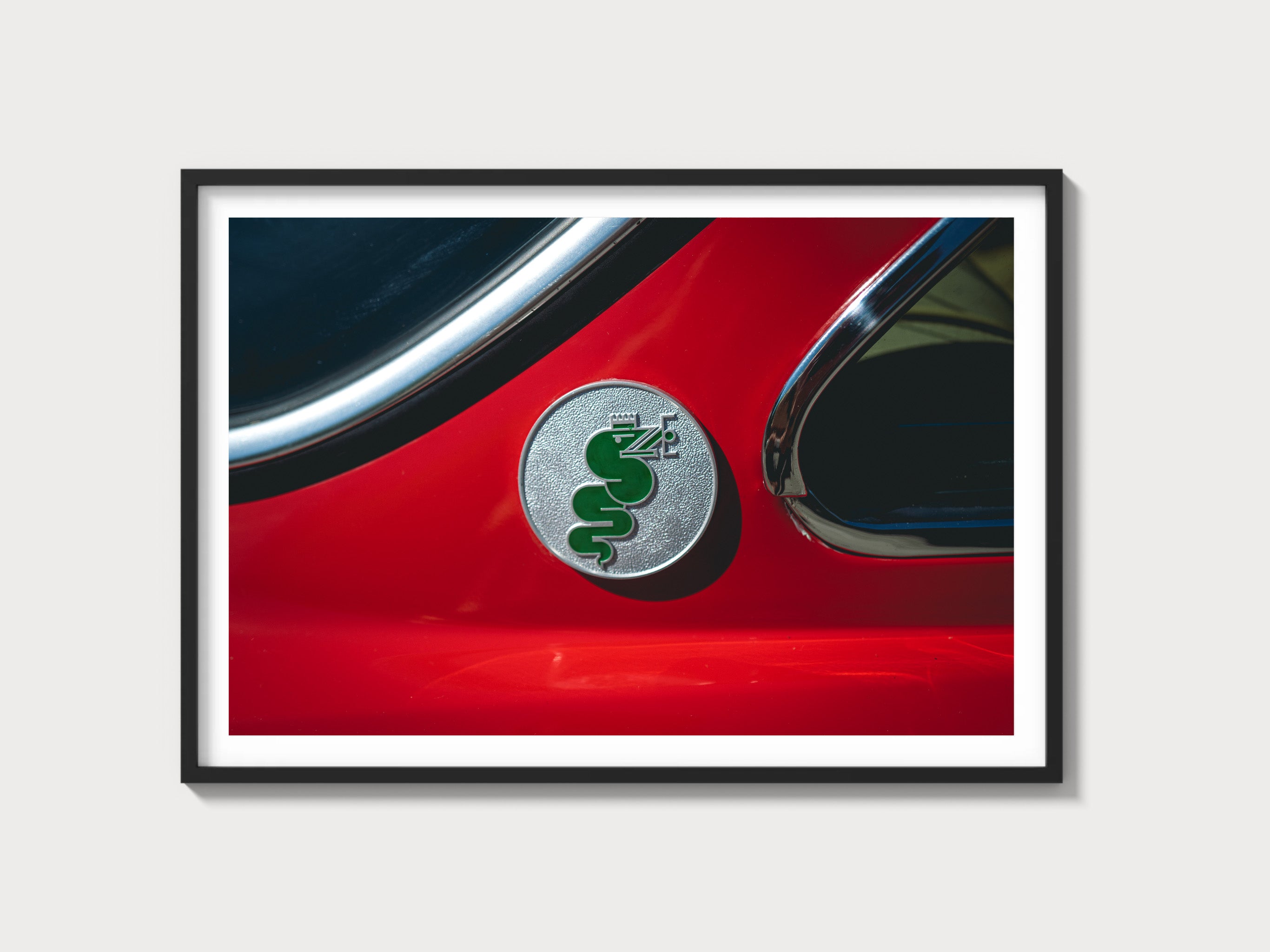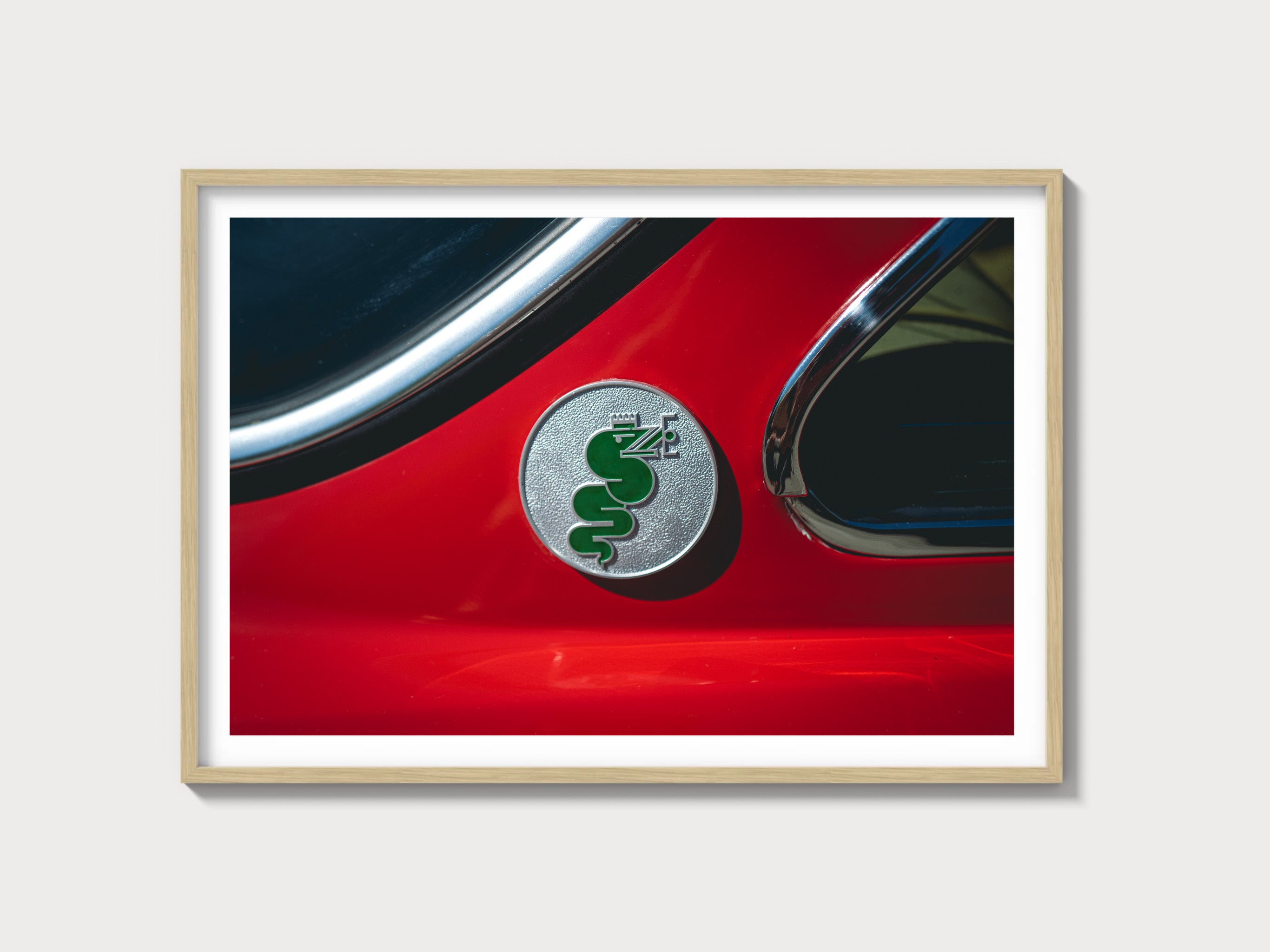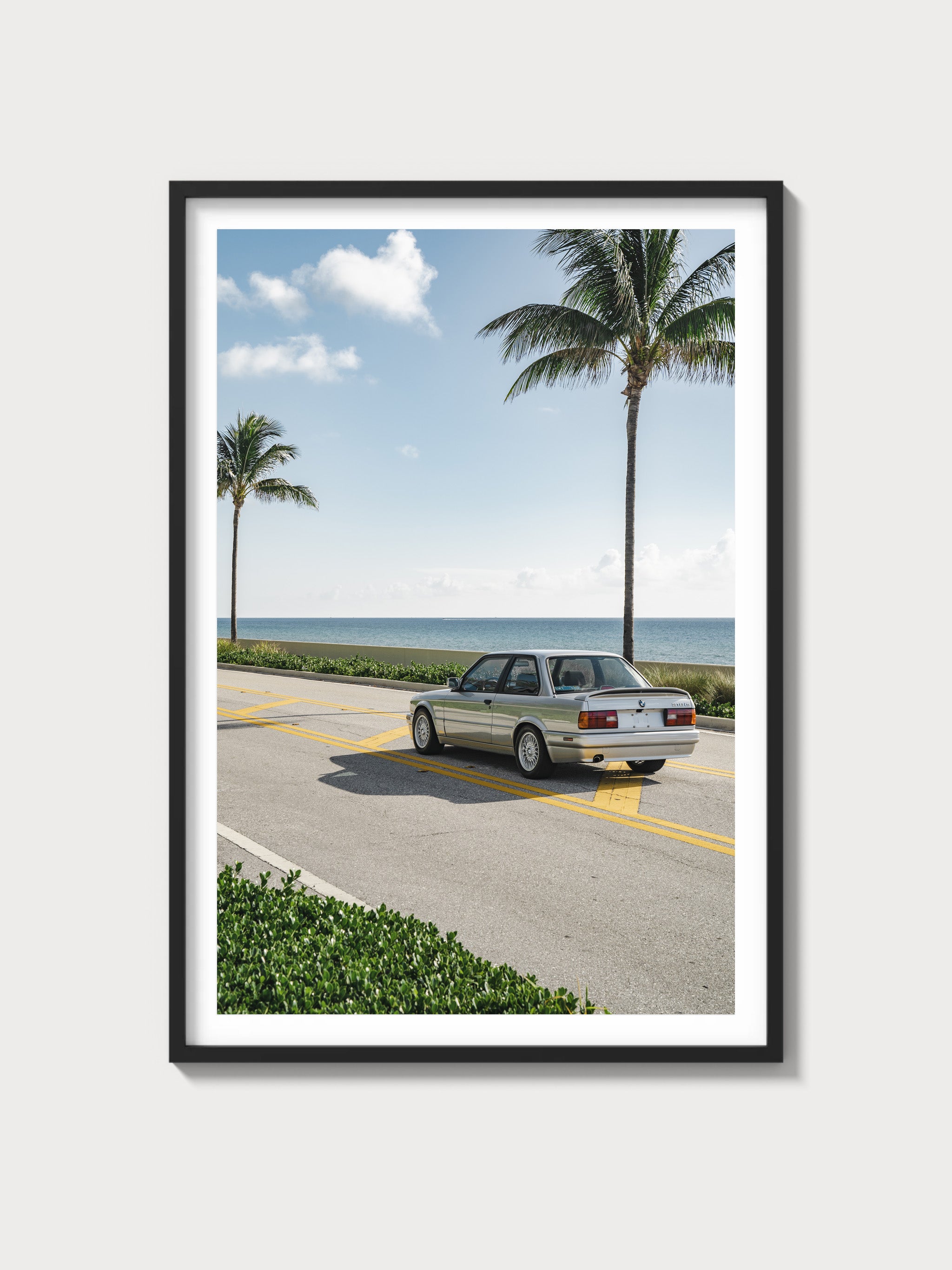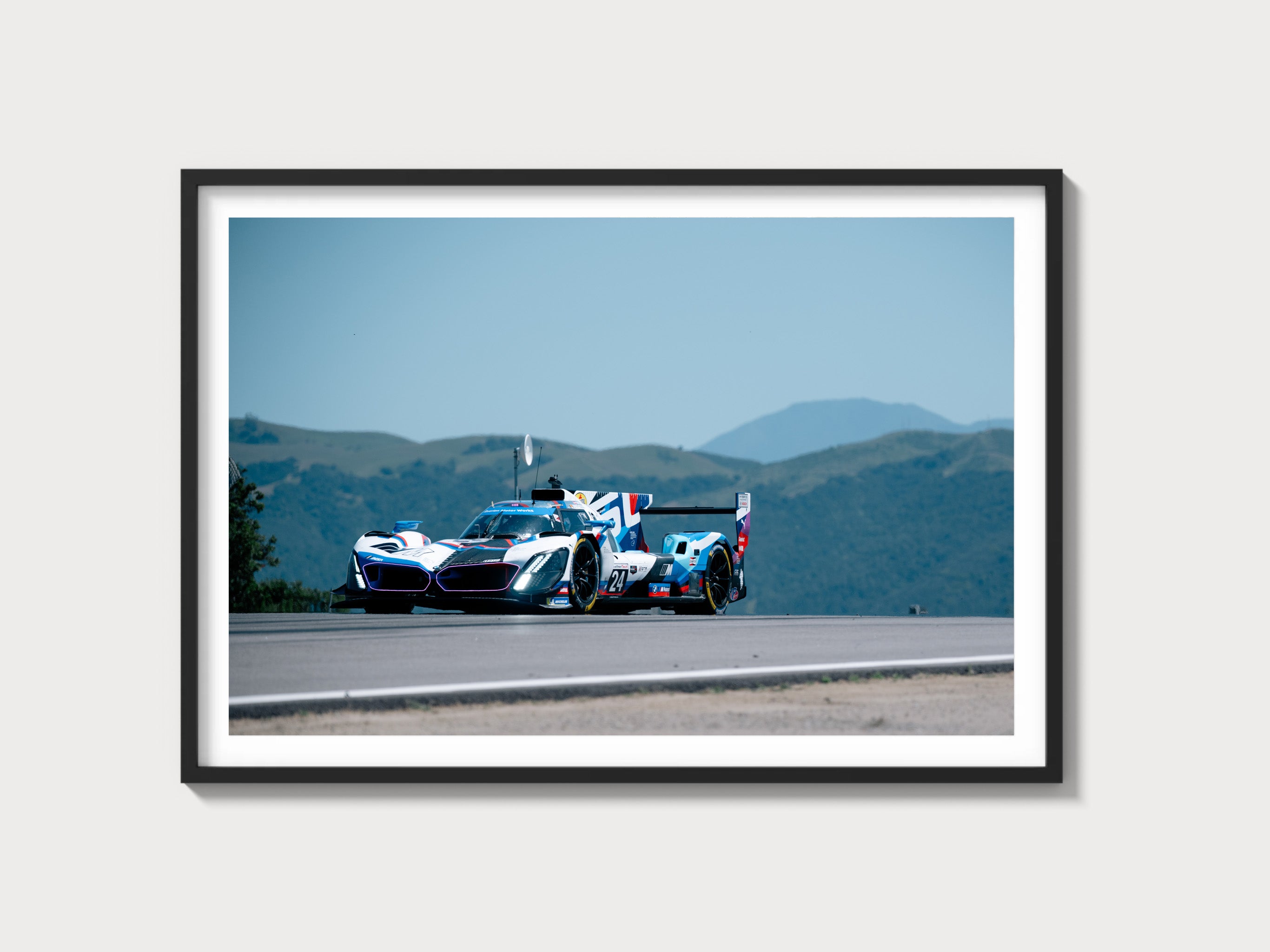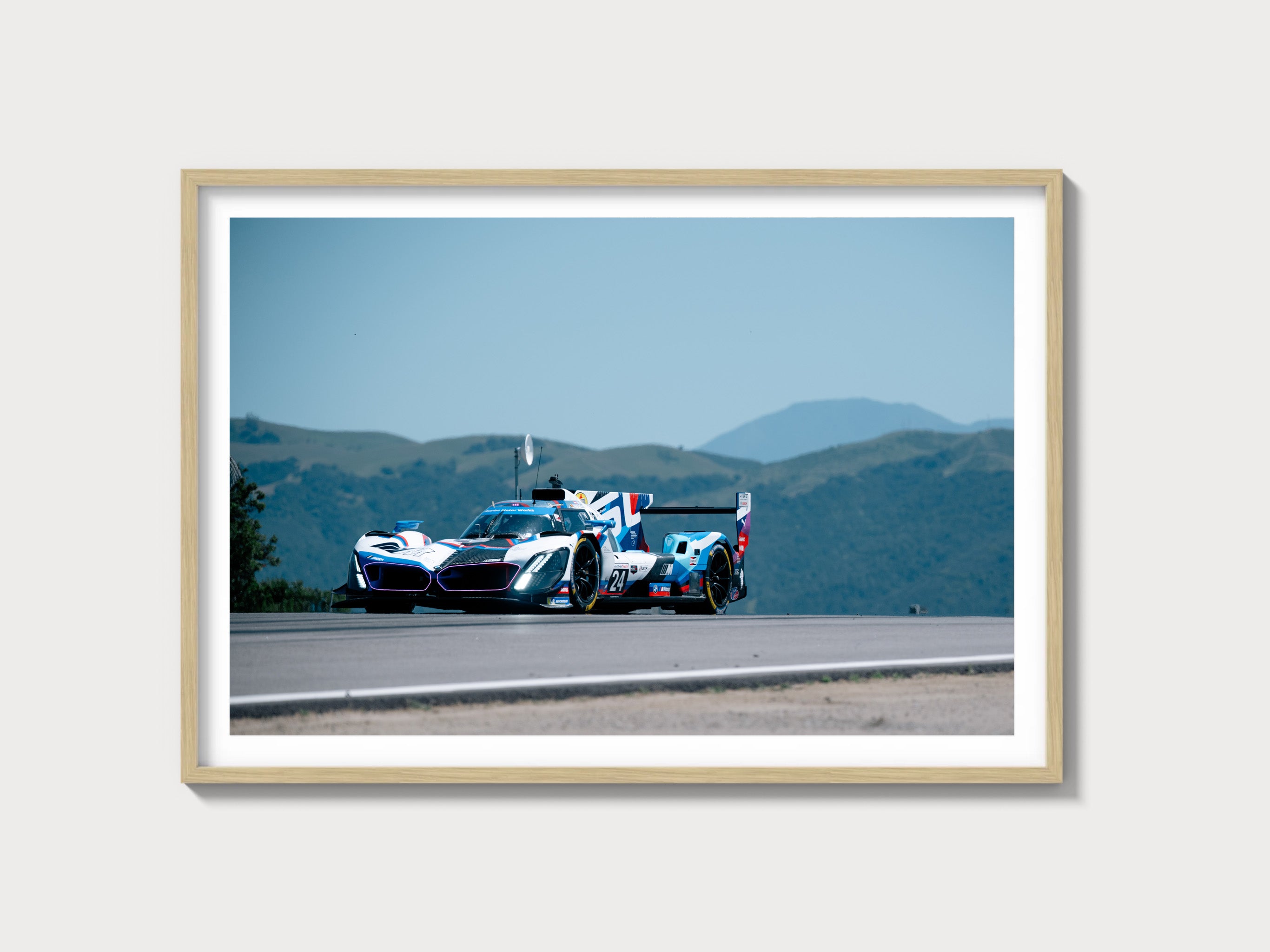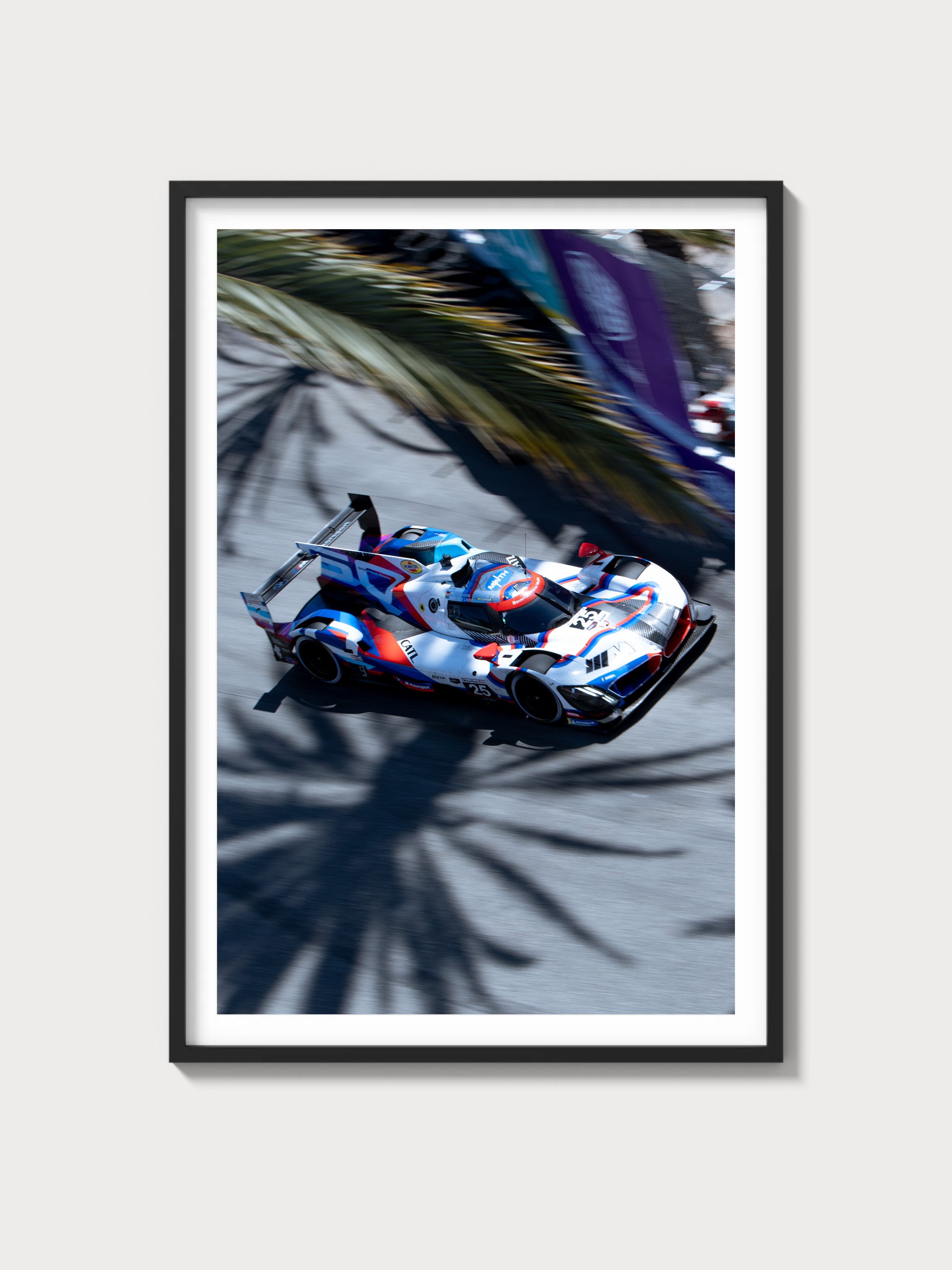Ferrari 512 BBi: The Definitive History, Specs, and Legacy
Introduction: Ferrari’s Final Berlinetta Boxer Evolution
In the storied lineage of Ferrari’s road cars, the 512 BBi, introduced between 1981 and 1984, stands as the final evolution of the Berlinetta Boxer series—a mid-engine grand tourer with a 5.0-liter flat-12 engine delivering 340 horsepower, refined with fuel injection for modern performance. Crafted with Pininfarina bodies, this model saw 1,007 units produced, succeeding the 512 BB and marking the end of Ferrari’s flat-12 era. The “512 BBi” designation reflected its 5-liter displacement, 12 cylinders, and Bosch fuel injection (iniezione), blending racing pedigree with sophisticated refinement in an era when Ferrari was transitioning to new supercar designs.
The early 1980s were a dynamic period for Ferrari, its racing triumphs—308 GTB’s rally success, 512 BB’s legacy—complementing road car innovation under Enzo Ferrari’s vision. Unveiled at the 1981 Frankfurt Motor Show, the 512 BBi impressed with its sleek form and updated technology. This exhaustive history, penned with a Ferrari historian’s precision, explores its technical brilliance, its iconic styling, its racing lineage, and its enduring legacy.
Historical Context: Ferrari’s Flat-12 Finale
The Ferrari 512 BBi emerged during a pivotal era for Maranello. By 1981, Ferrari’s racing pedigree—Daytona’s endurance, 308 GT4’s versatility—had solidified its stature, yet Enzo Ferrari sought to refine the Berlinetta Boxer beyond the 512 BB’s 929-unit run (1976-1981). The 512 BB had perfected the carbureted flat-12, but stricter emissions and drivability demands necessitated fuel injection. The 512 BBi, with its Bosch K-Jetronic system and updated design, answered, serving as the final BB iteration before the Testarossa’s 1984 debut, targeting enthusiasts while rivaling the Lamborghini Countach and Porsche 911 Turbo.
Exactly 1,007 units were built (1981-1984)—all mid-engine coupés, reflecting a robust run for the BB lineage’s swan song. Chassis 35507, the Frankfurt show car, debuted in September 1981, its subtle updates signaling modernity. This was a car for a global elite—European collectors, American performance seekers—its production balancing Ferrari’s heritage with 1980s innovation amid the supercar boom.
The broader context of 1981-1984 shaped its purpose. The supercar market evolved—Porsche 959’s development, Countach’s flamboyance—while buyers sought power with refinement. The 512 BBi bridged Ferrari’s racing roots, rooted in the 365 GT4 BB, with a modern GT future.
Technical Specifications: The Flat-12’s Fuel-Injected Refinement
The Ferrari 512 BBi’s heart was its 5.0-liter flat-12—a refined evolution of the BB engine, optimized with fuel injection for grand touring excellence. Below, we dissect its engineering with historian’s detail.
Engine: The 5.0-Liter Tipo F110A Flat-12
Displacing 4,943 cc (bore 82 mm, stroke 78 mm), the 512 BBi’s flat-12 was a mid-mounted, all-aluminum unit with a 180-degree V-angle, featuring four valves per cylinder (double overhead camshafts per bank), a 9.2:1 compression ratio, and Bosch K-Jetronic fuel injection. It produced 340 horsepower at 6,000 rpm—a 40 hp drop from the 512 BB’s 380 hp due to emissions tuning, but with improved low-end torque. Weighing 340 lbs, it delivered ~340 lb-ft of torque at 4,200 rpm, offering smooth, tractable power.
This engine was a GT marvel. Chassis 35507 showcased its refined, responsive performance, balancing Ferrari’s racing DNA with modern usability.
Performance: Refined Supercar Speed
The 512 BBi reached 174 mph (280 km/h)—verified by period tests in Car and Driver (1982)—matching the 512 BB despite lower peak power, with a 0-60 mph time of ~5.7 seconds, brisk for its class. Its power-to-weight ratio (227 hp/ton) slightly trailed the 512 BB (254 hp/ton), but excelled in drivability.
Chassis and Suspension: Mid-Engine Precision
The chassis was a steel tubular frame with aluminum panels, weighing 1,499 kg (3,305 lbs)—matching the 512 BB but with refined components. Its 2,500 mm wheelbase mirrored its predecessor, with fully independent suspension—double wishbones front and rear, with coil springs and hydraulic dampers—delivering sharp handling and a firm yet controlled ride.
Transmission and Brakes: Manual Dynamics
A 5-speed manual transmission—mid-mounted—drove the rear wheels, its ratios (1st: 3.14, 5th: 0.87) favoring performance, with a gated shifter. Braking relied on 11.8-inch ventilated disc brakes (front and rear), delivering ~1.0g deceleration—robust for its era.
| Specification | Details |
|---|---|
| Engine | 5.0L Flat-12, 340 hp @ 6,000 rpm |
| Displacement | 4,943 cc (82 mm x 78 mm) |
| Top Speed | ~174 mph (280 km/h) |
| 0-60 mph | ~5.7 seconds |
| Weight | 1,499 kg (3,305 lbs) |
| Transmission | 5-speed manual, rear-wheel drive |
| Suspension (Front) | Double wishbone, coil springs, hydraulic dampers |
| Suspension (Rear) | Double wishbone, coil springs, hydraulic dampers |
| Brakes | 11.8-inch ventilated discs |
Design and Styling: Ferrari’s Pininfarina Evolution
The Ferrari 512 BBi’s aesthetic was a Pininfarina triumph, refining the Berlinetta Boxer’s iconic design.
Exterior: Subtle Mid-Engine Refinement
All 1,007 units featured Pininfarina bodies—chassis 35507 boasted a sleek coupé design with pop-up headlights, wider rear fenders, and a revised front fascia with fog lights, finished in Rosso Corsa. Its 2,500 mm wheelbase and steel-aluminum frame offered a low, aggressive stance compared to the 512 BB, with NACA ducts and black trim enhancing its modern appeal.
Interior: Refined Supercar Cockpit
The cabin was a plush retreat: leather bucket seats (black or tan), a gated shifter, and Veglia gauges—tachometer (7,500 rpm redline), speedometer, oil pressure. Chassis 35507’s interior, with updated trim over the 512 BB, balanced sportiness with comfort, contrasting the Testarossa’s flamboyance.
Production and Variants: A Flat-12 Finale
The Ferrari 512 BBi’s 1,007-unit run (1981-1984) featured standard coupés. Chassis 35507 launched the series at Frankfurt, while 52935 closed it, transitioning to the Testarossa. Its focus was refined road performance—no racing variants emerged.
Performance and Racing Legacy: A Road-Born Classic
The Ferrari 512 BBi racing history was minimal, its grand touring purpose dominant. Chassis 35513 ran private track events, but no competitive record exists. Its realm was the road—Autostrada, Mulholland Drive—where its 174 mph top speed and flat-12 growl excelled.
Ownership and Market Value: A Collector’s Gem
The Ferrari 512 BBi value reflects its legacy. Early owners included musicians like Phil Collins (chassis 35511). Today, prices range $300,000-$450,000—chassis 35507 sold for $420,000 at RM Sotheby’s 2023. Restoration costs—flat-12 rebuilds at $120,000—highlight its enduring appeal.
Cultural Impact: Ferrari’s Flat-12 Swan Song
The 512 BBi marked the end of Ferrari’s flat-12 era, its fuel-injected refinement paving the way for the Testarossa. In 1980s lore, it’s the car of understated power and classic design, a cornerstone of Ferrari’s supercar heritage.
Comparisons: Ferrari 512 BBi vs Rivals
The Ferrari 512 BBi vs Lamborghini Countach LP400S pits 340 hp flat-12 against 375 hp V12—Ferrari led in refinement, Lamborghini in drama. The Porsche 911 Turbo (300 hp flat-6) matched in pace but trailed in exclusivity.
| Model | Engine | Power | Weight | Top Speed |
|---|---|---|---|---|
| Ferrari 512 BBi | 5.0L Flat-12 | 340 hp | 1,499 kg | ~174 mph |
| Lamborghini Countach LP400S | 4.0L V12 | 375 hp | 1,350 kg | ~179 mph |
| Porsche 911 Turbo | 3.3L Flat-6 Turbo | 300 hp | 1,315 kg | ~165 mph |
Frequently Asked Questions
What was the Ferrari 512 BBi?
A 1981-1984 5.0L flat-12 mid-engine grand tourer.
How many were made?
1,007 units.
What engine powered it?
4,943 cc flat-12, 340 hp.
Did it race?
Rarely—built for touring.
What’s its value?
$300,000-$450,000.

